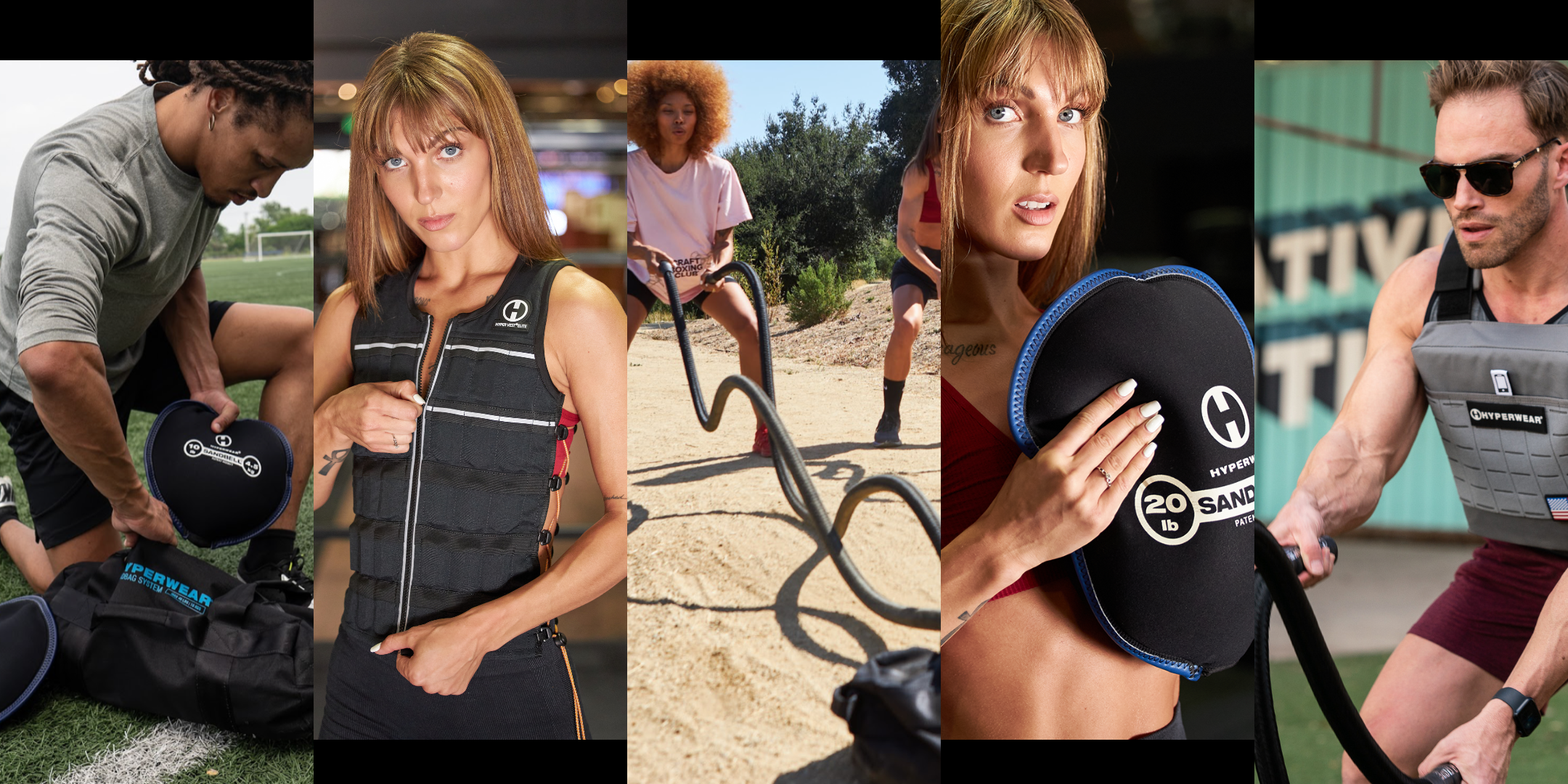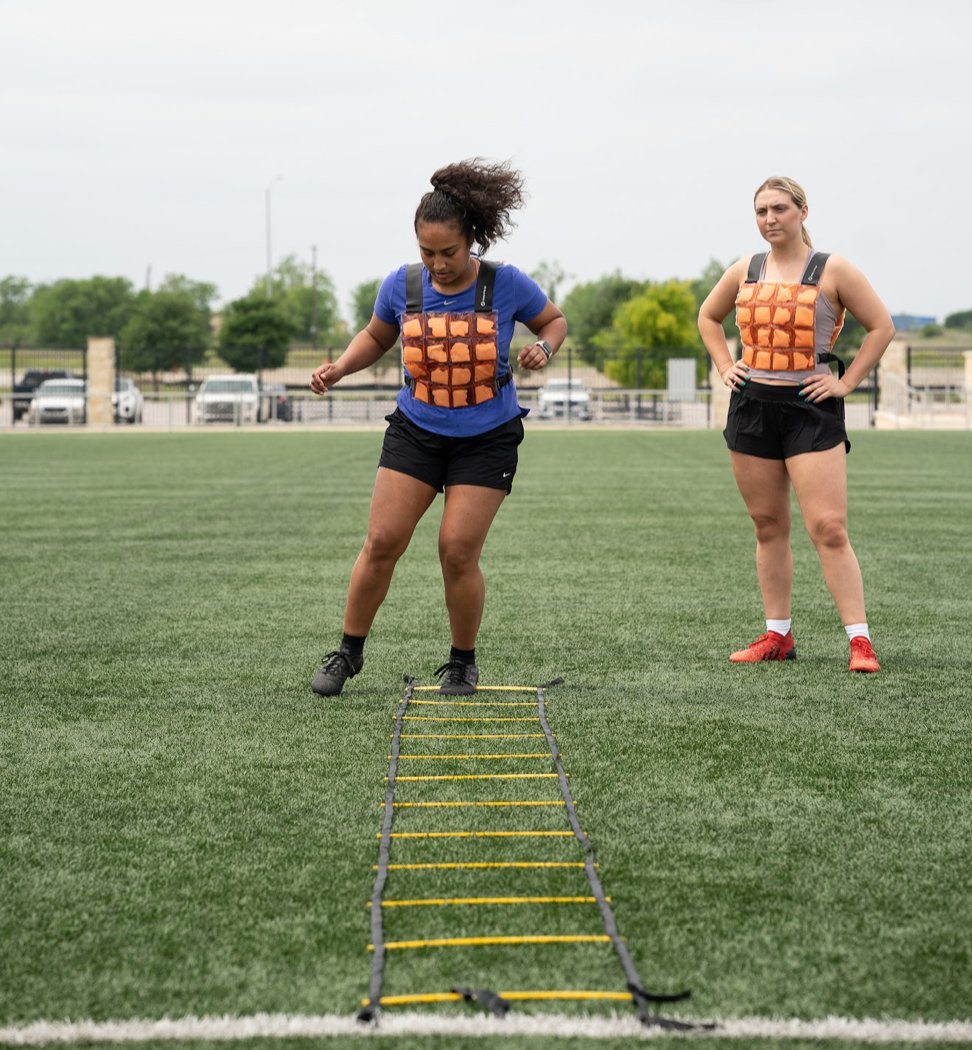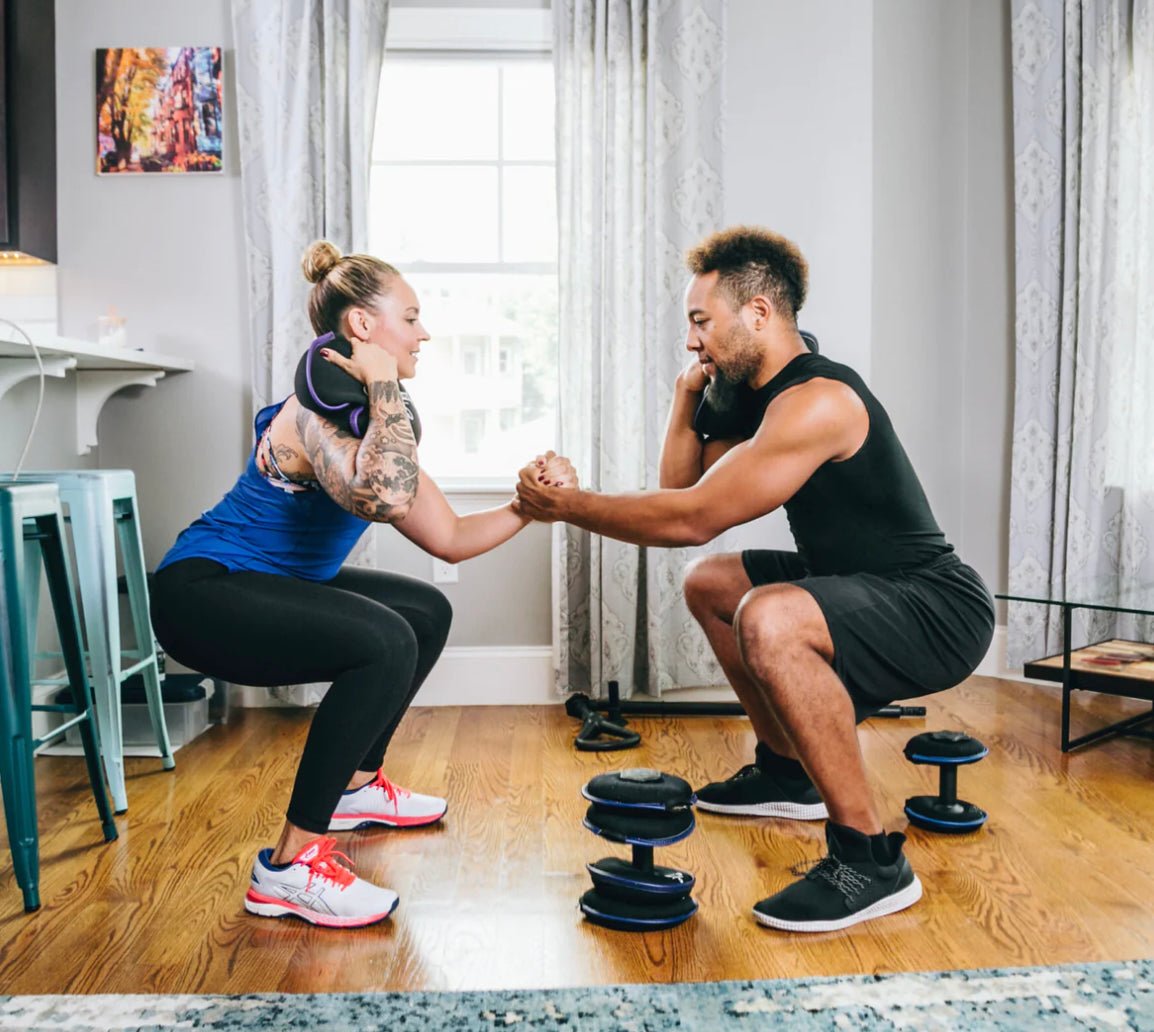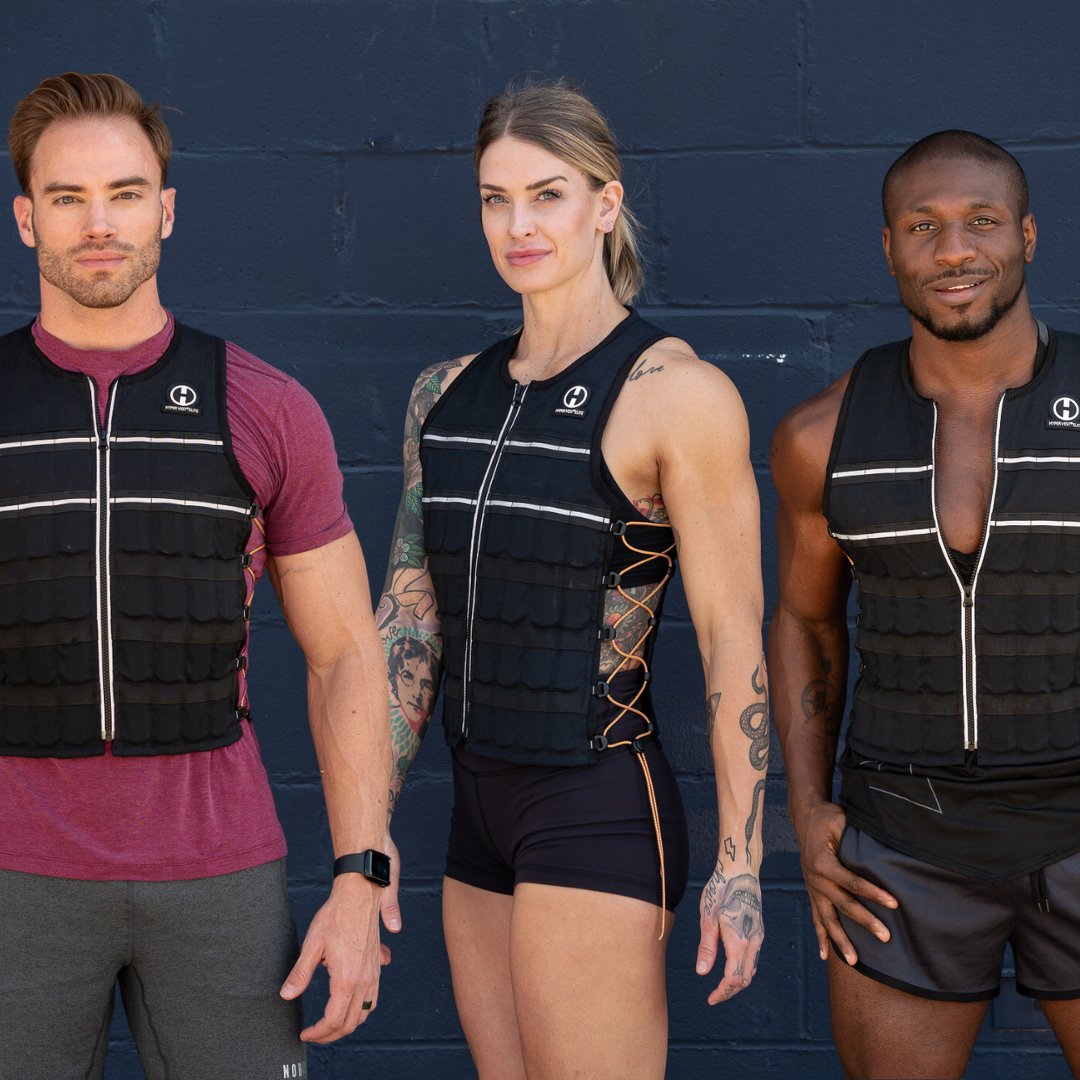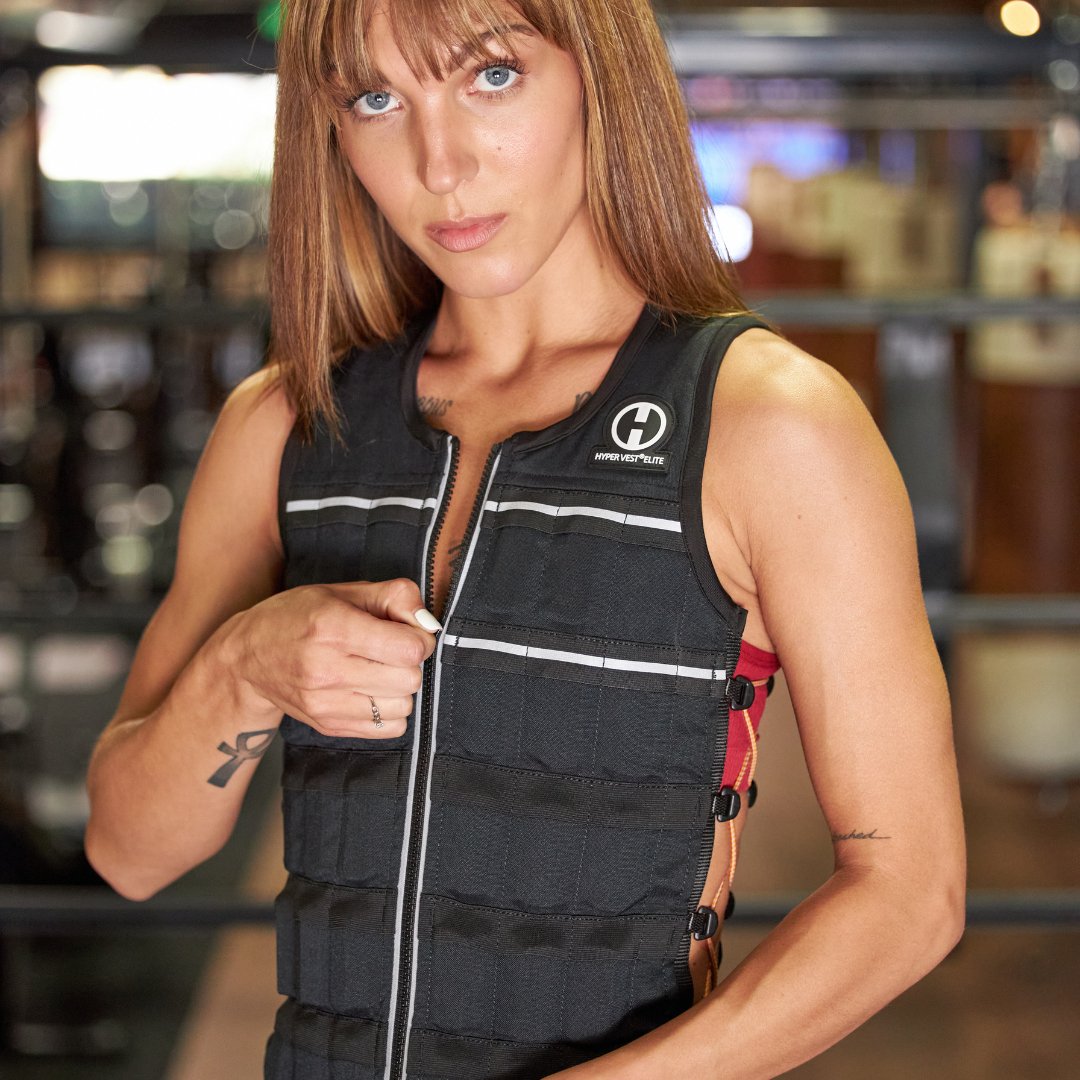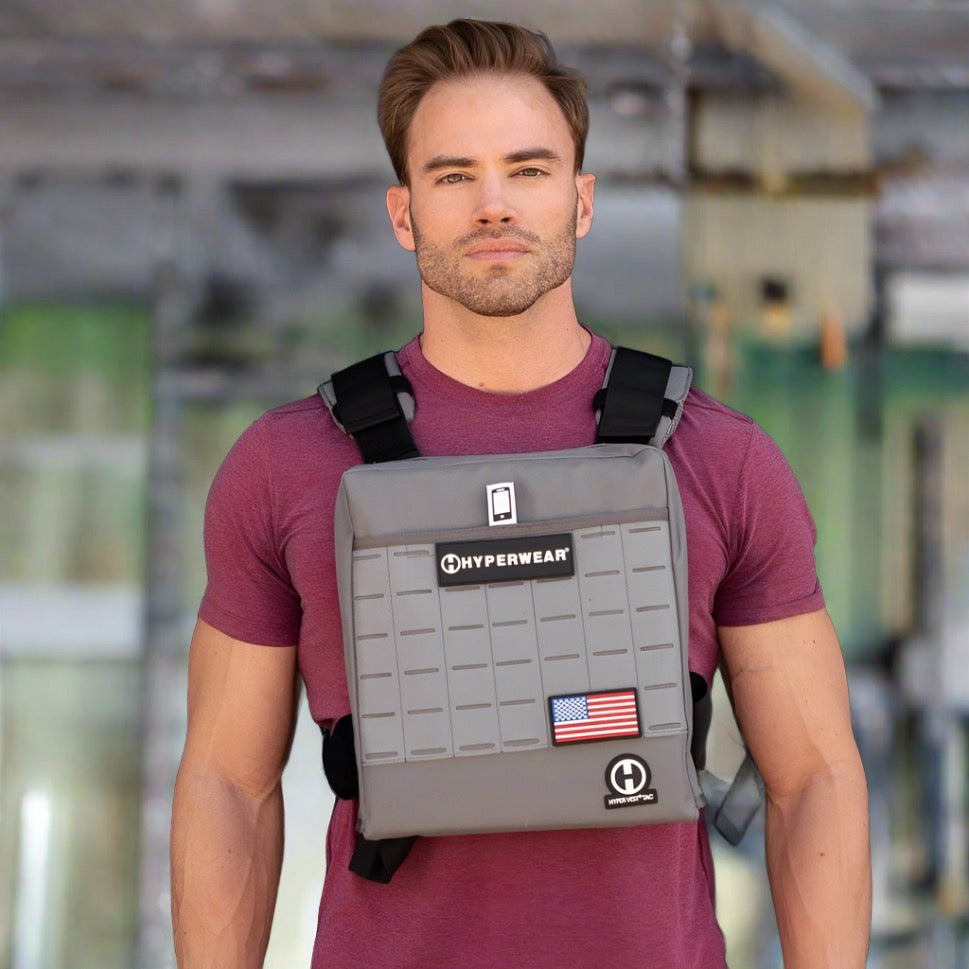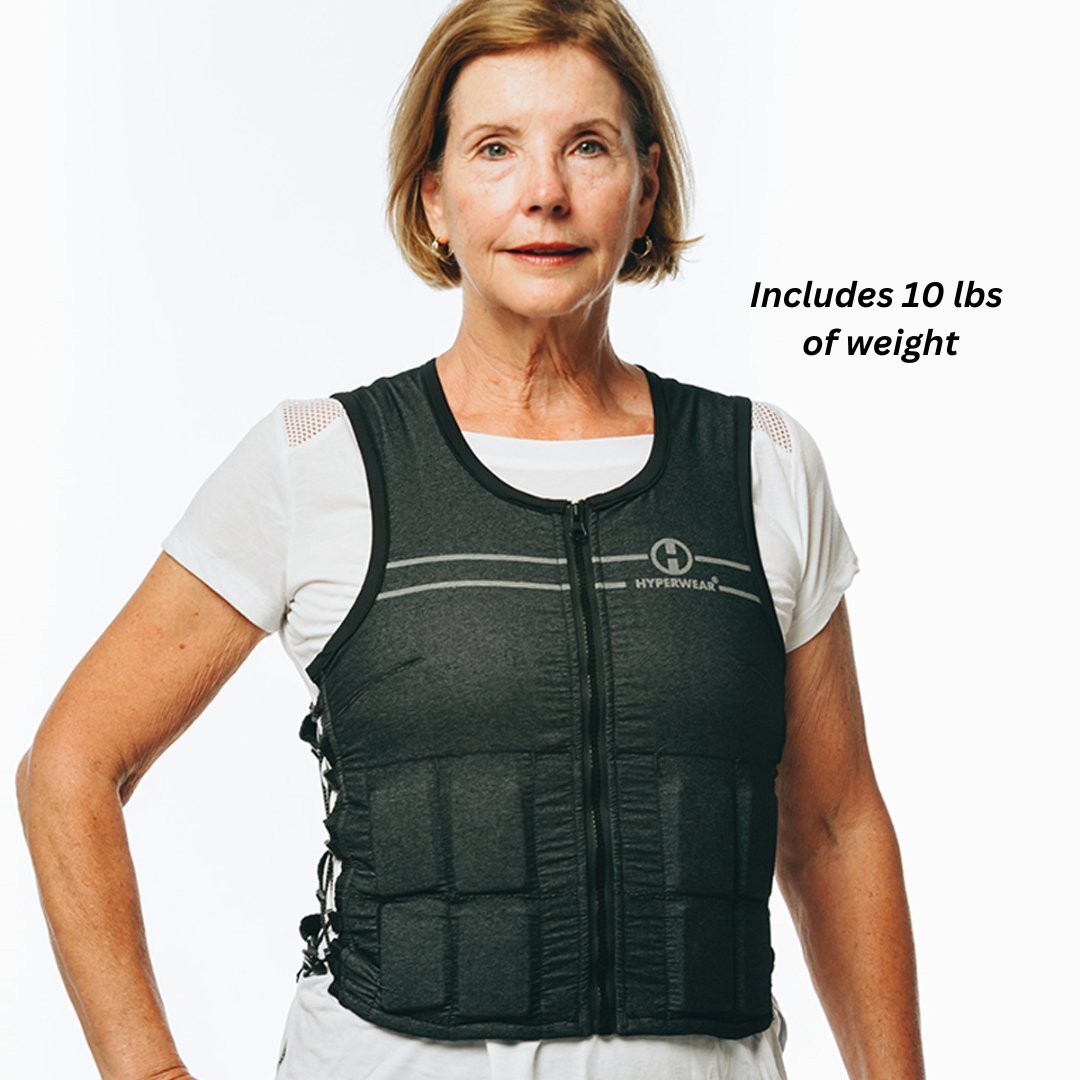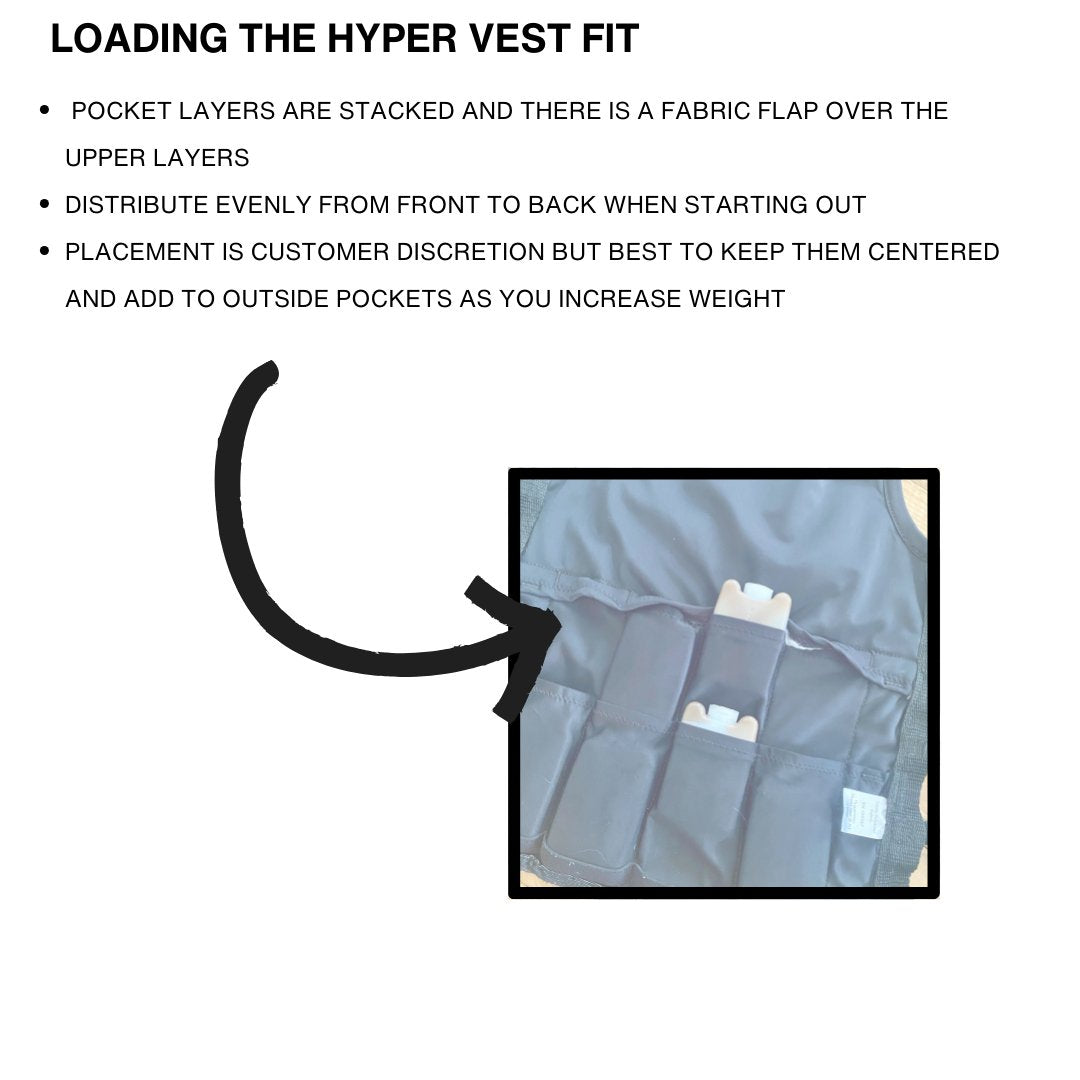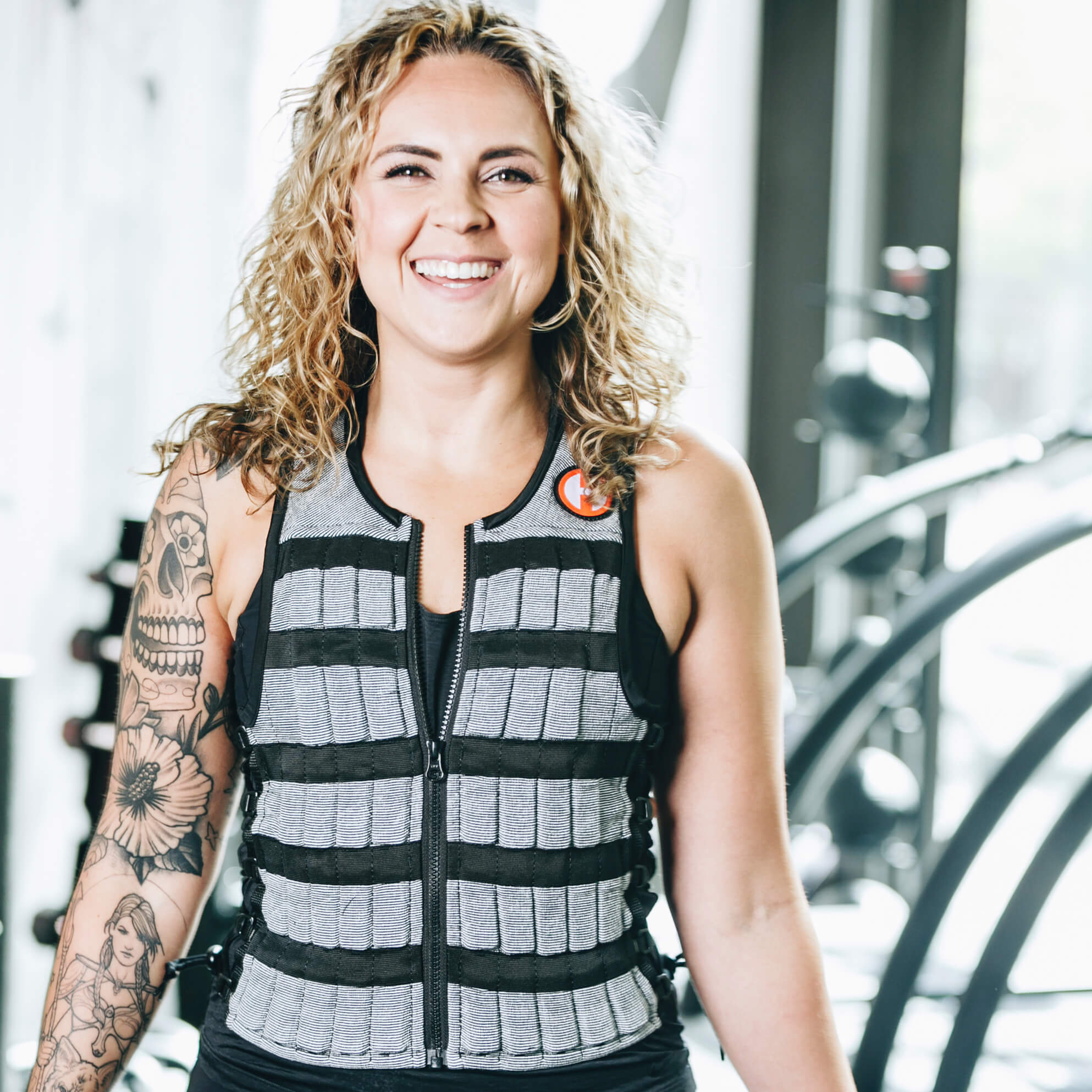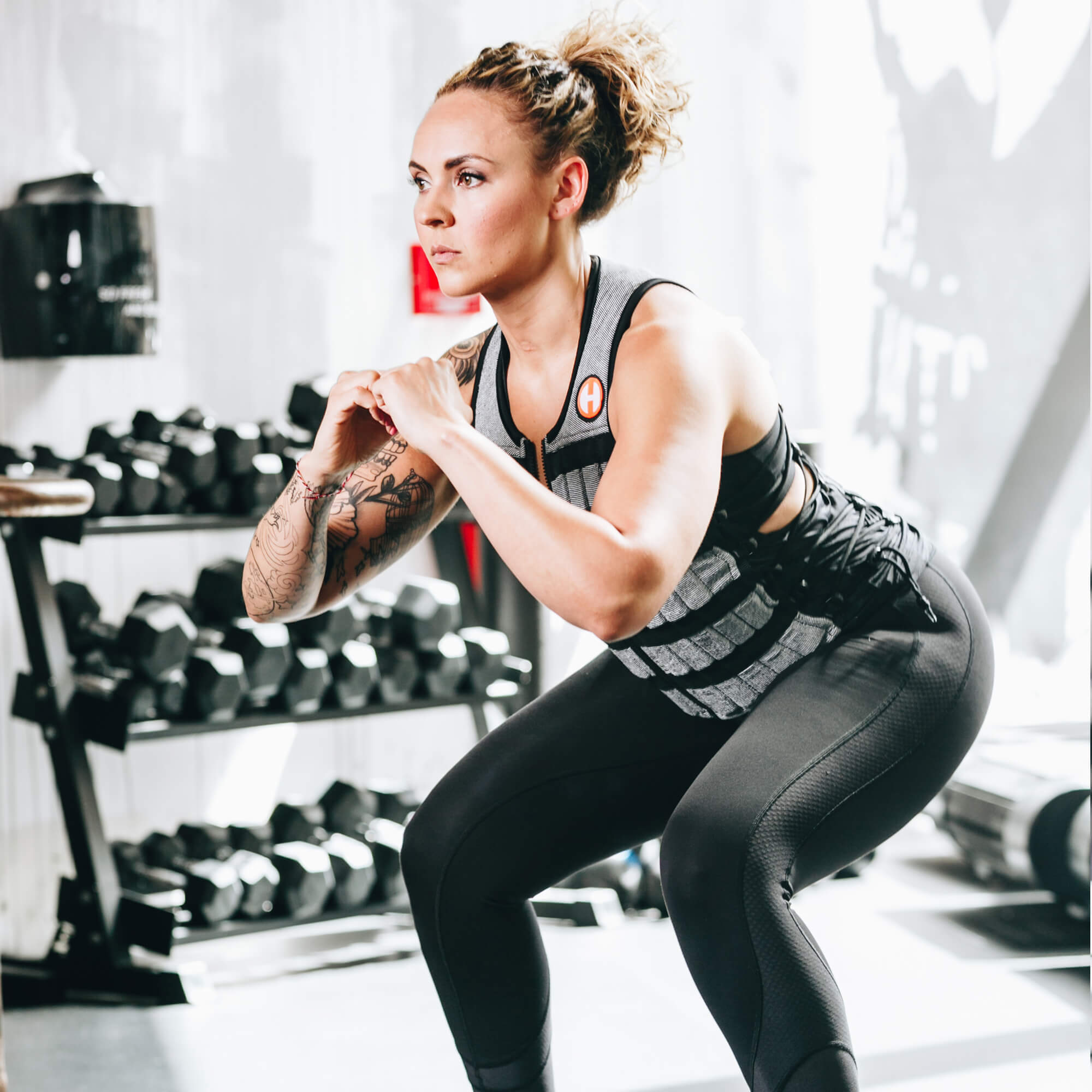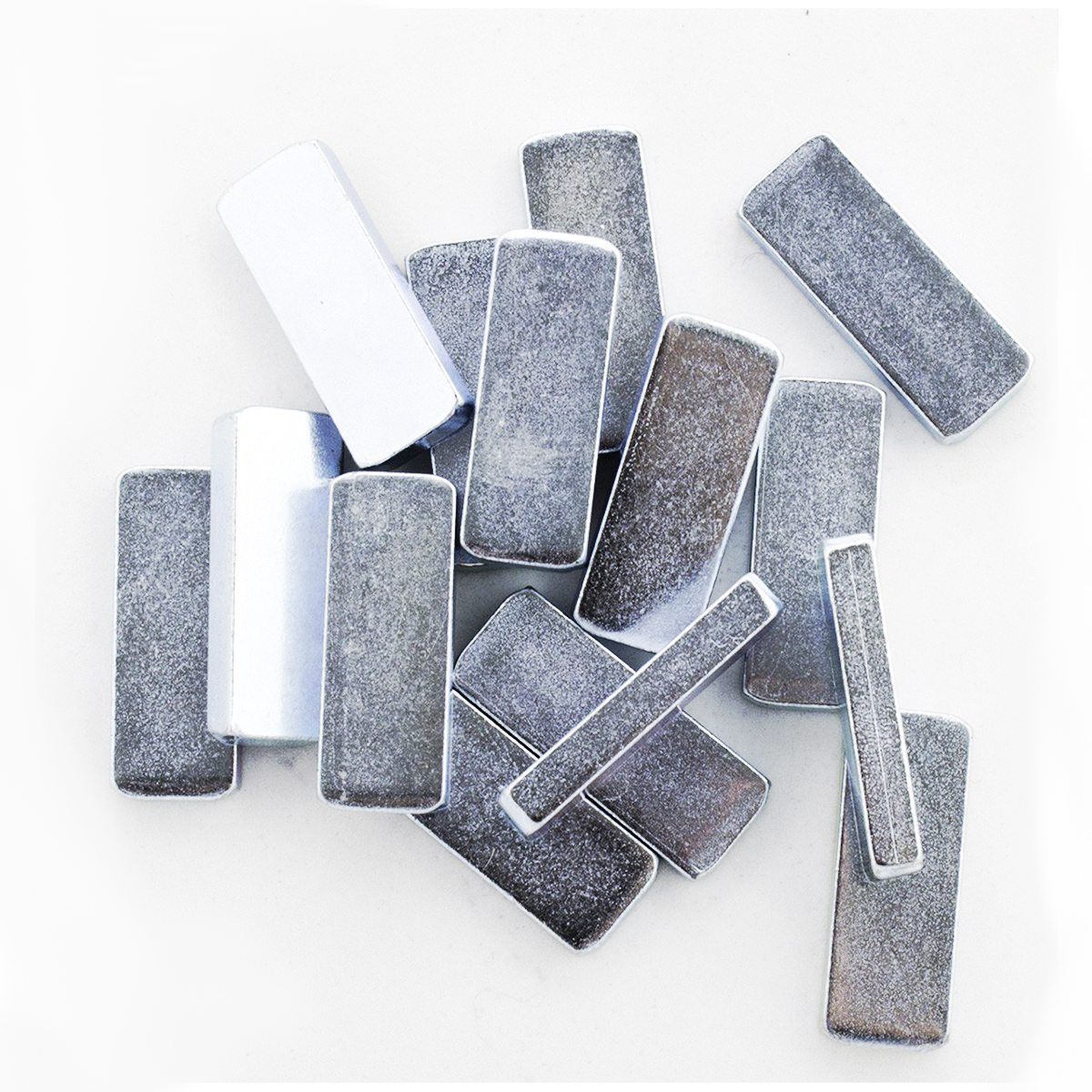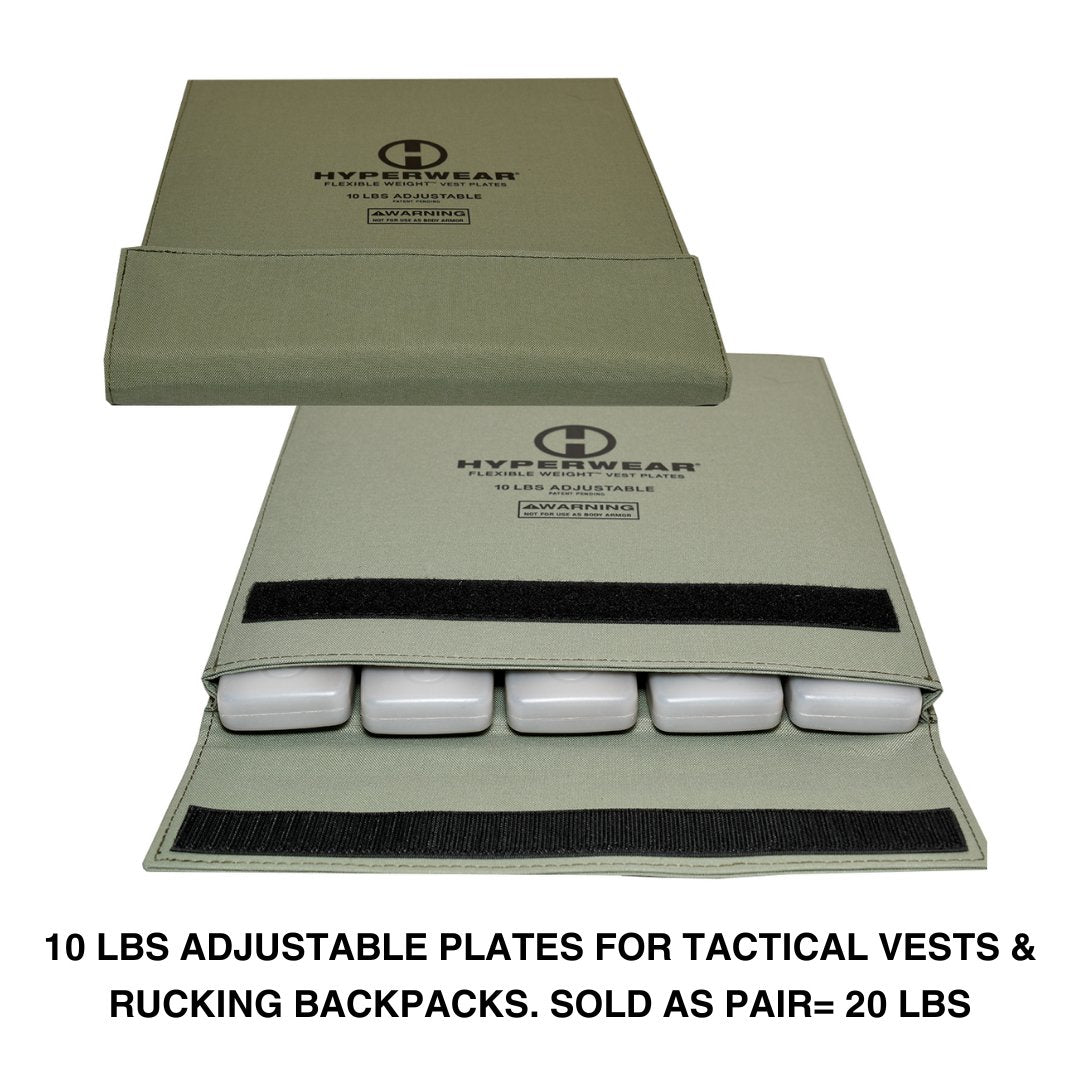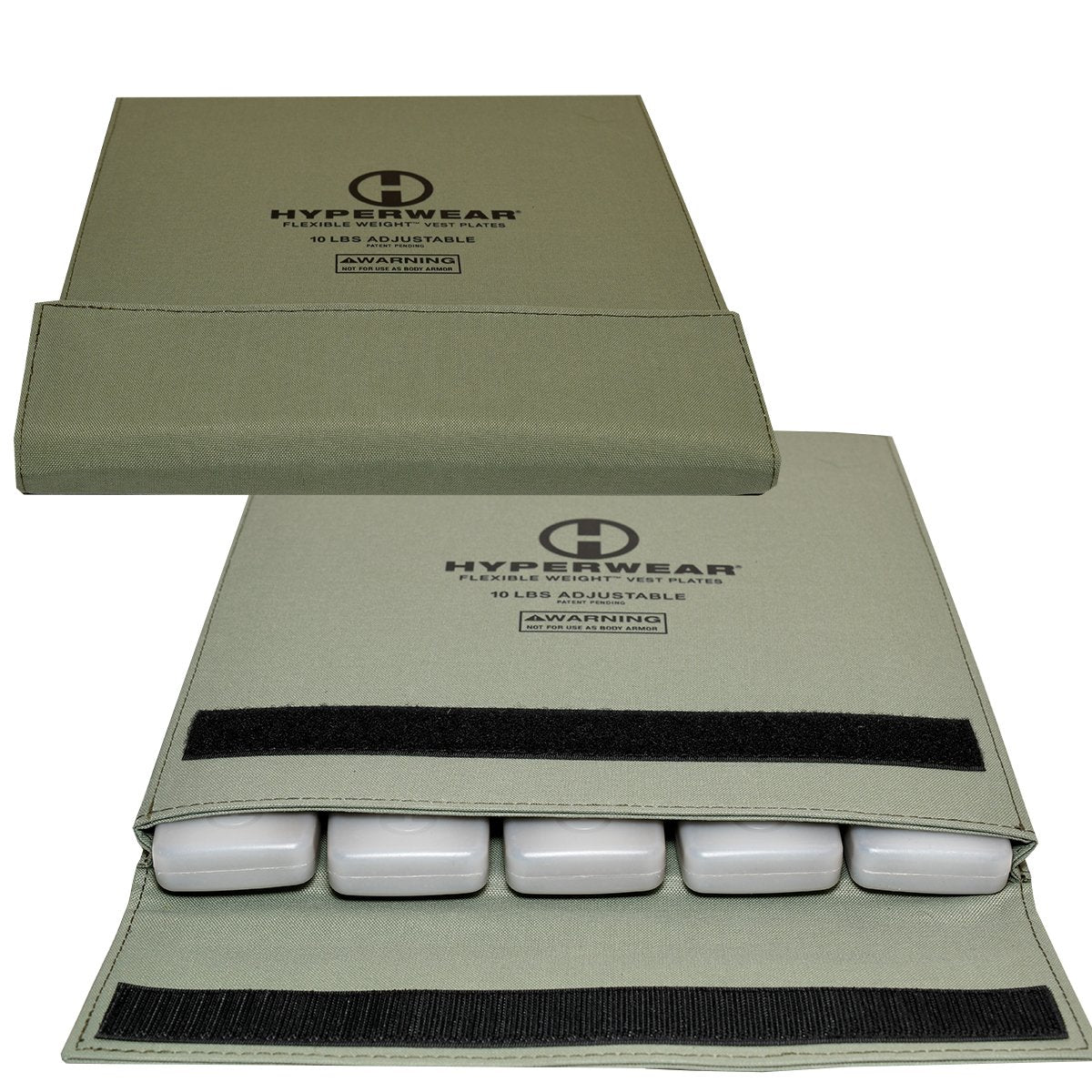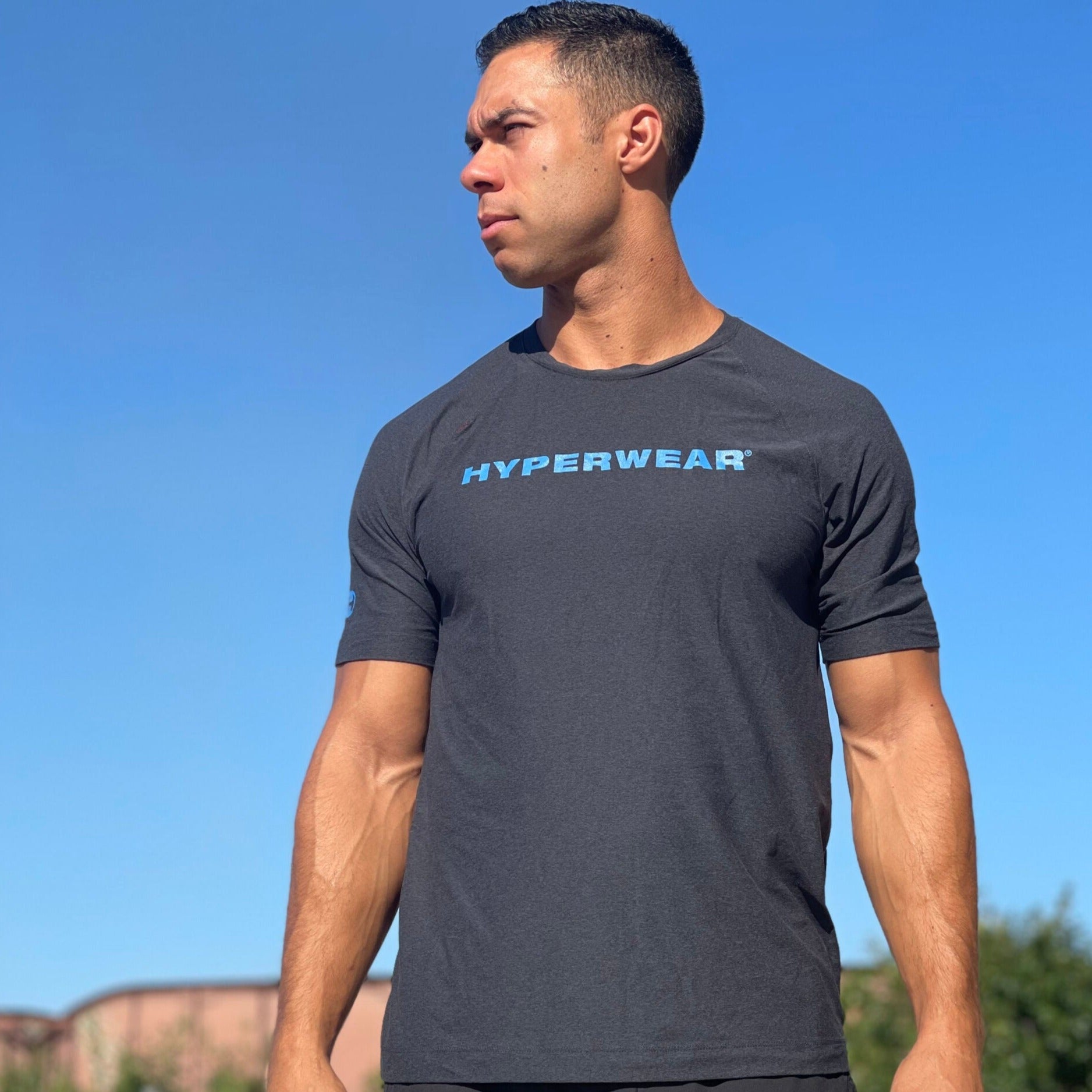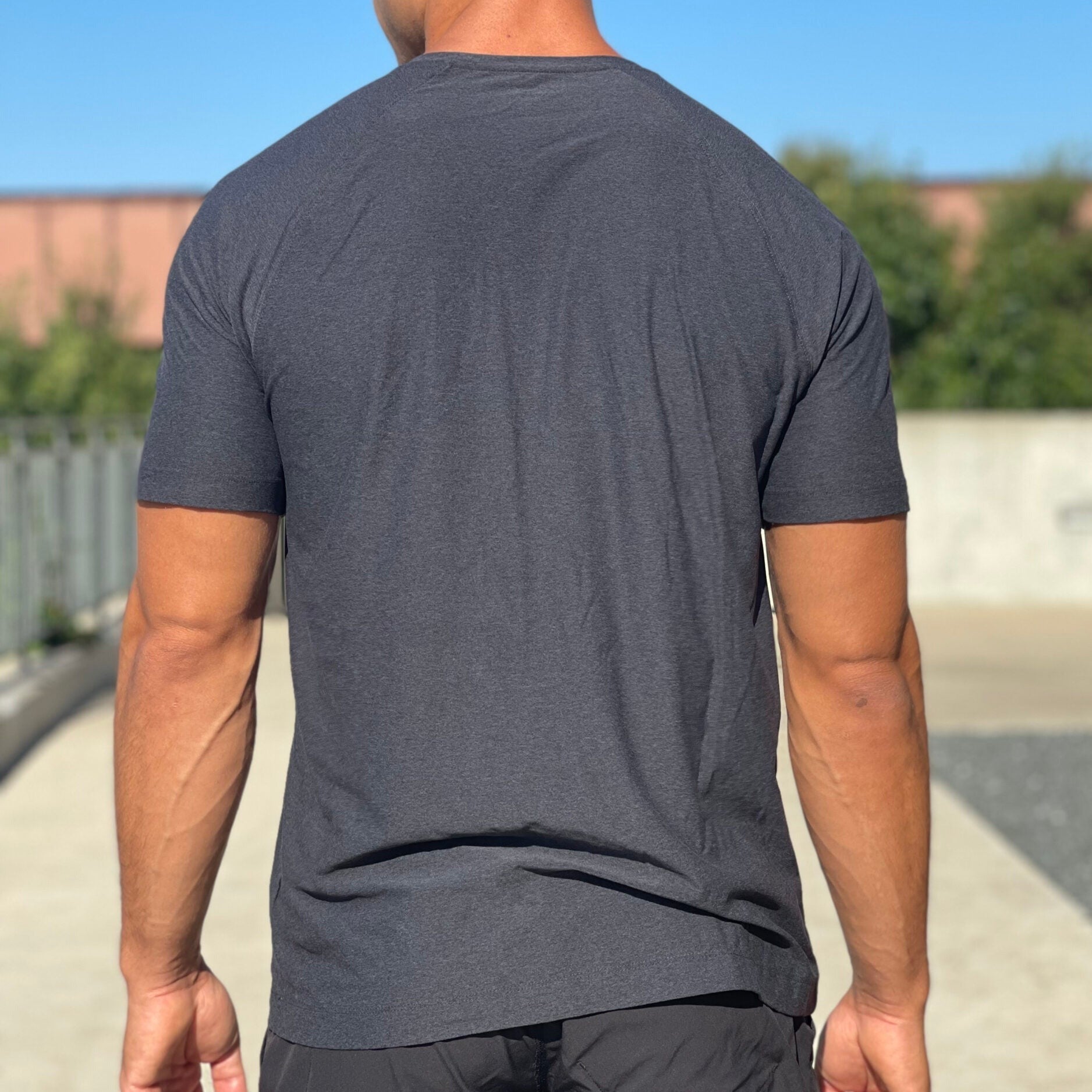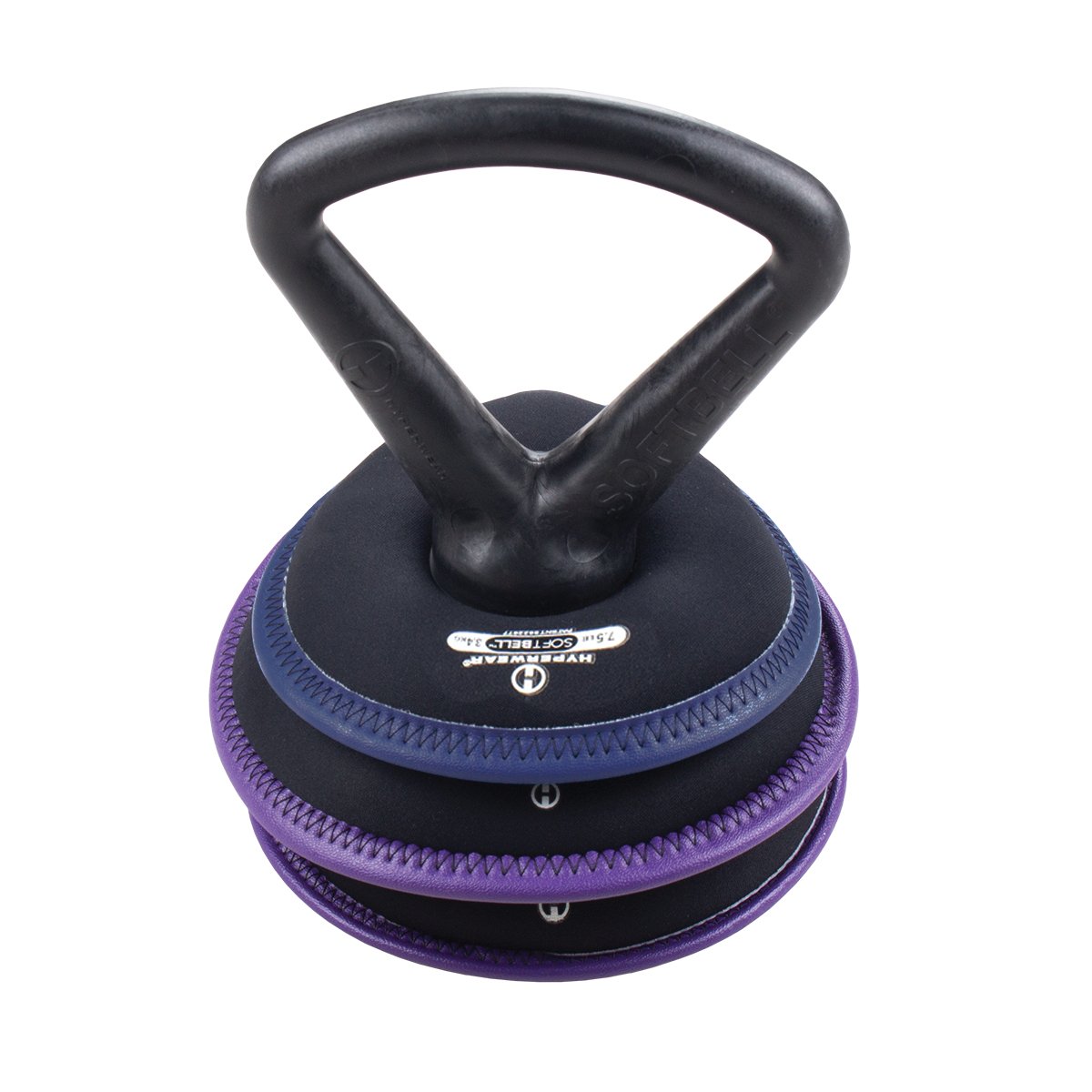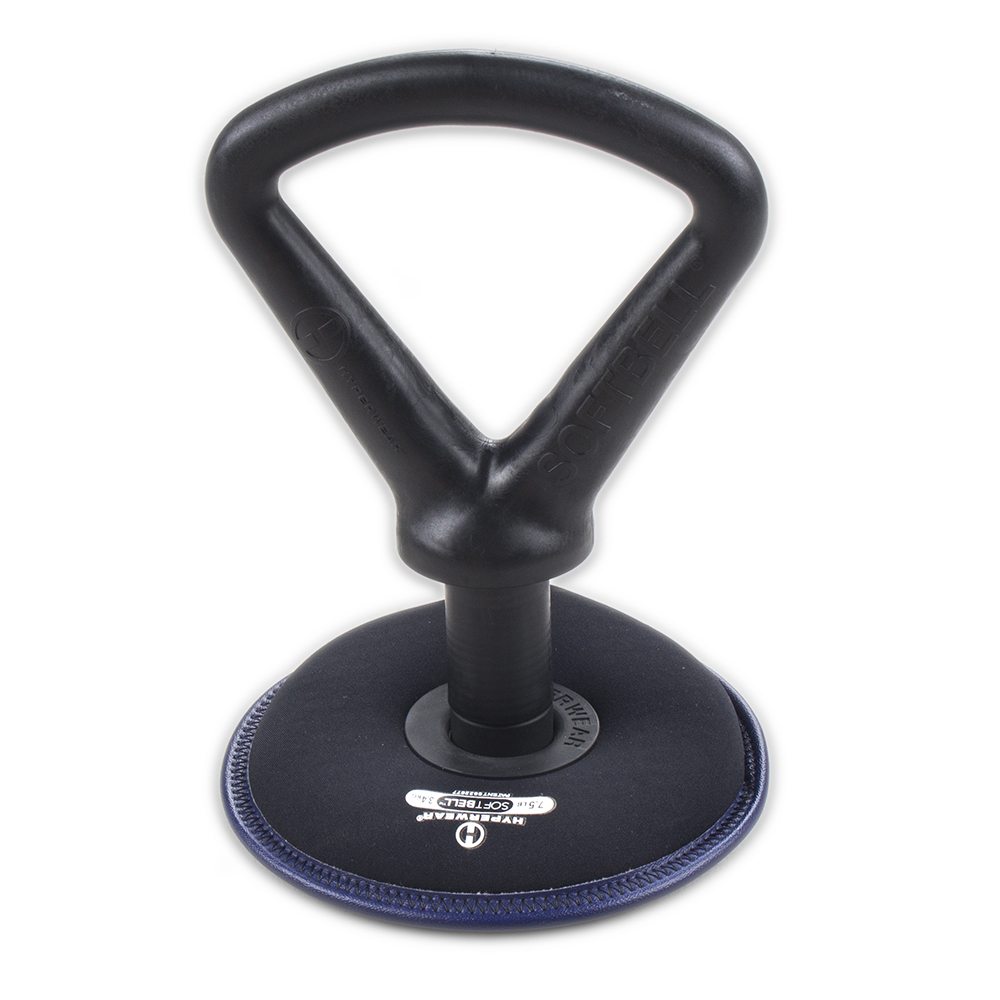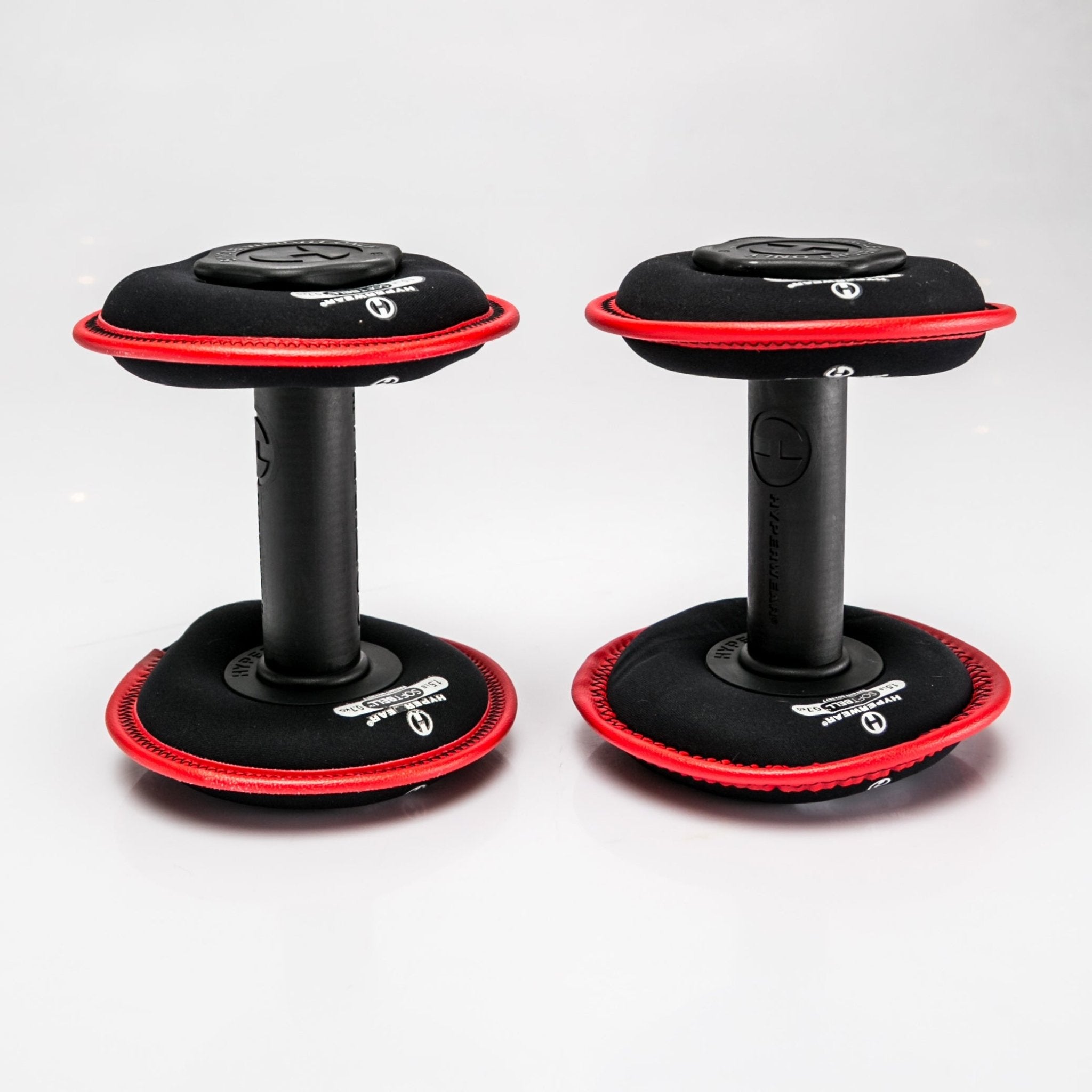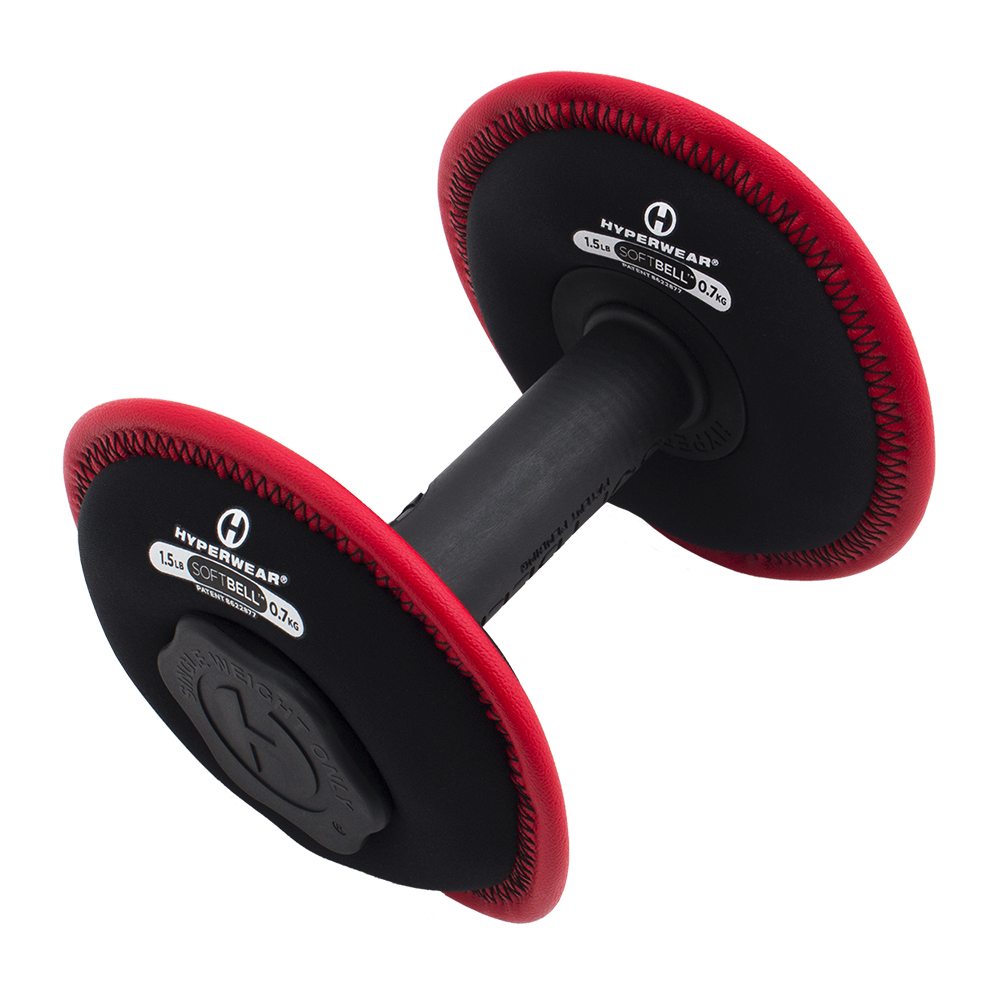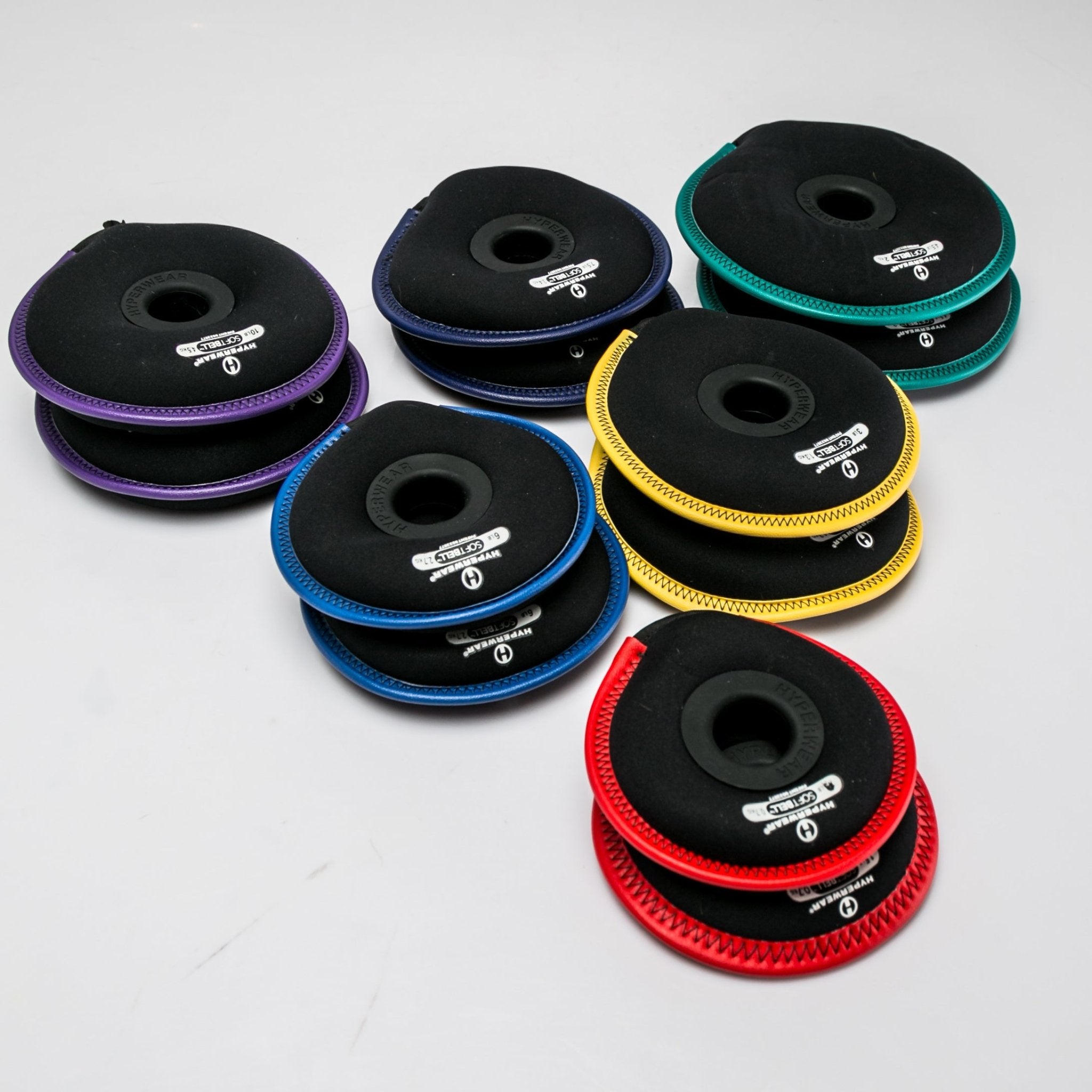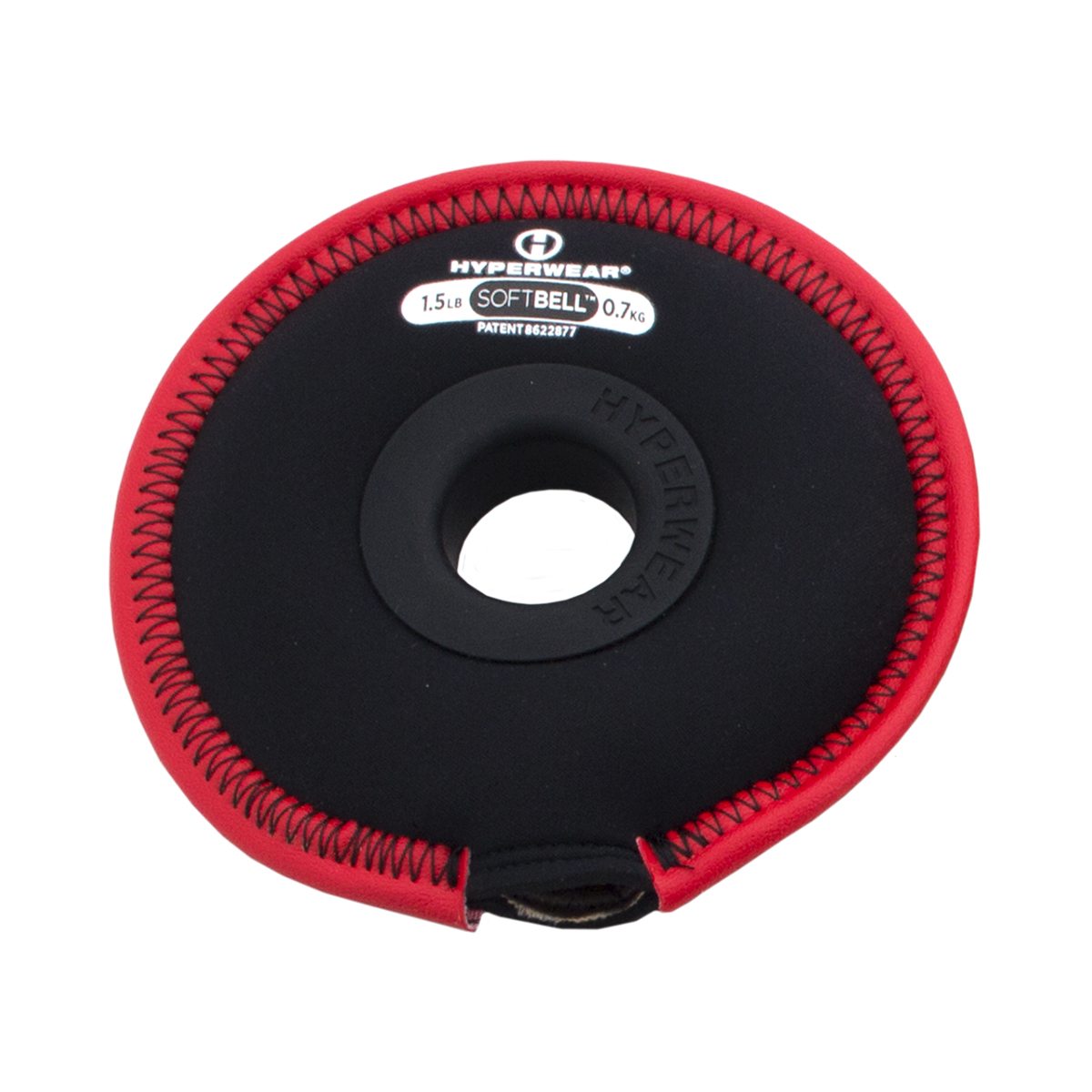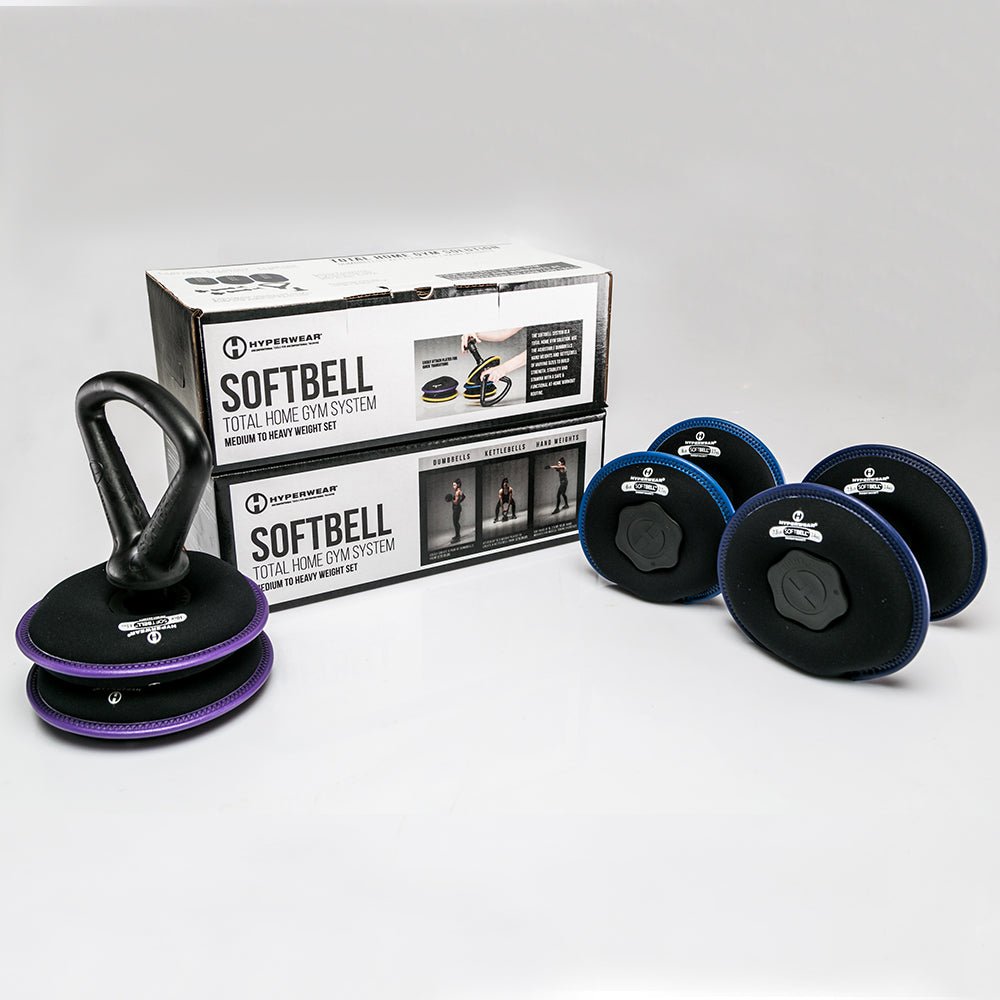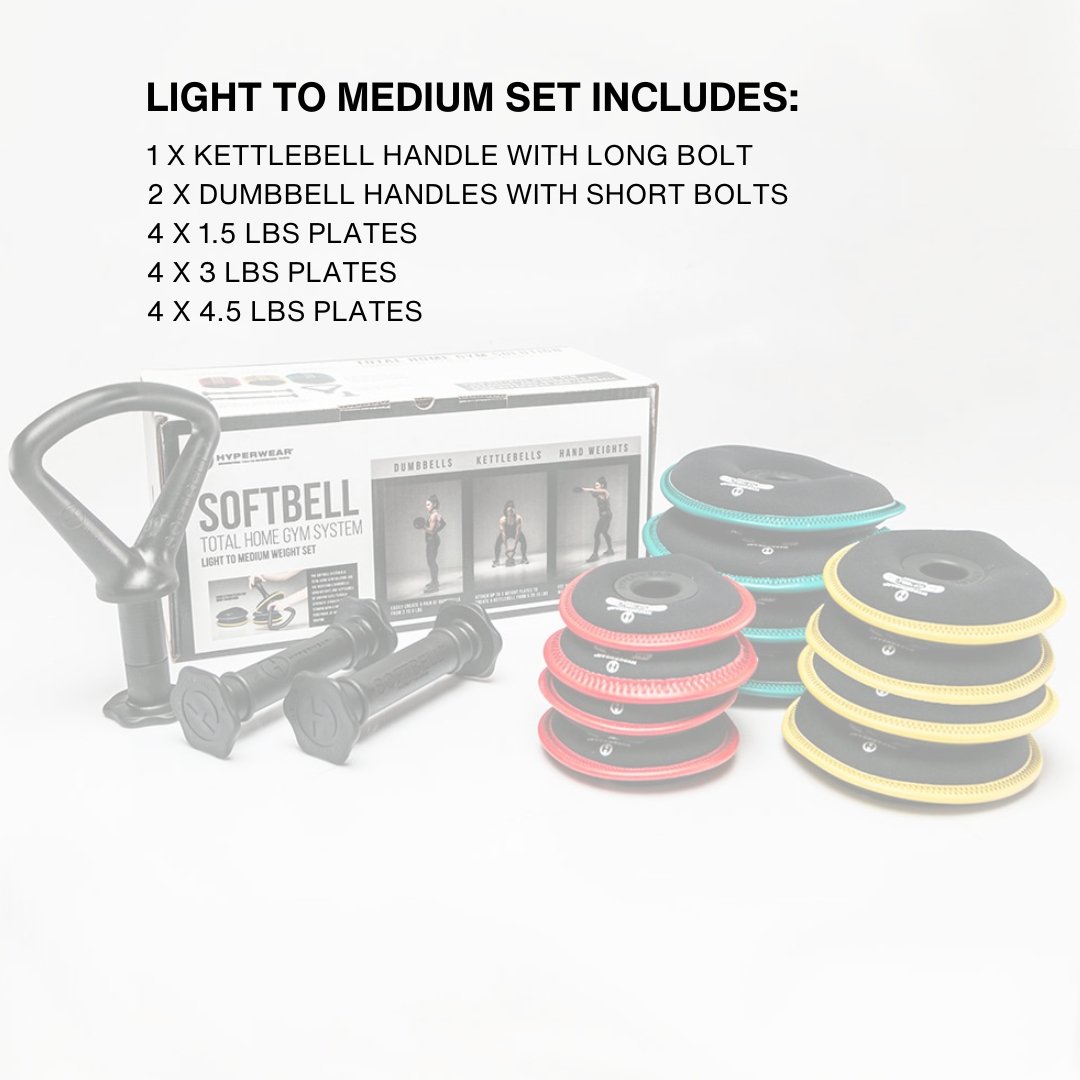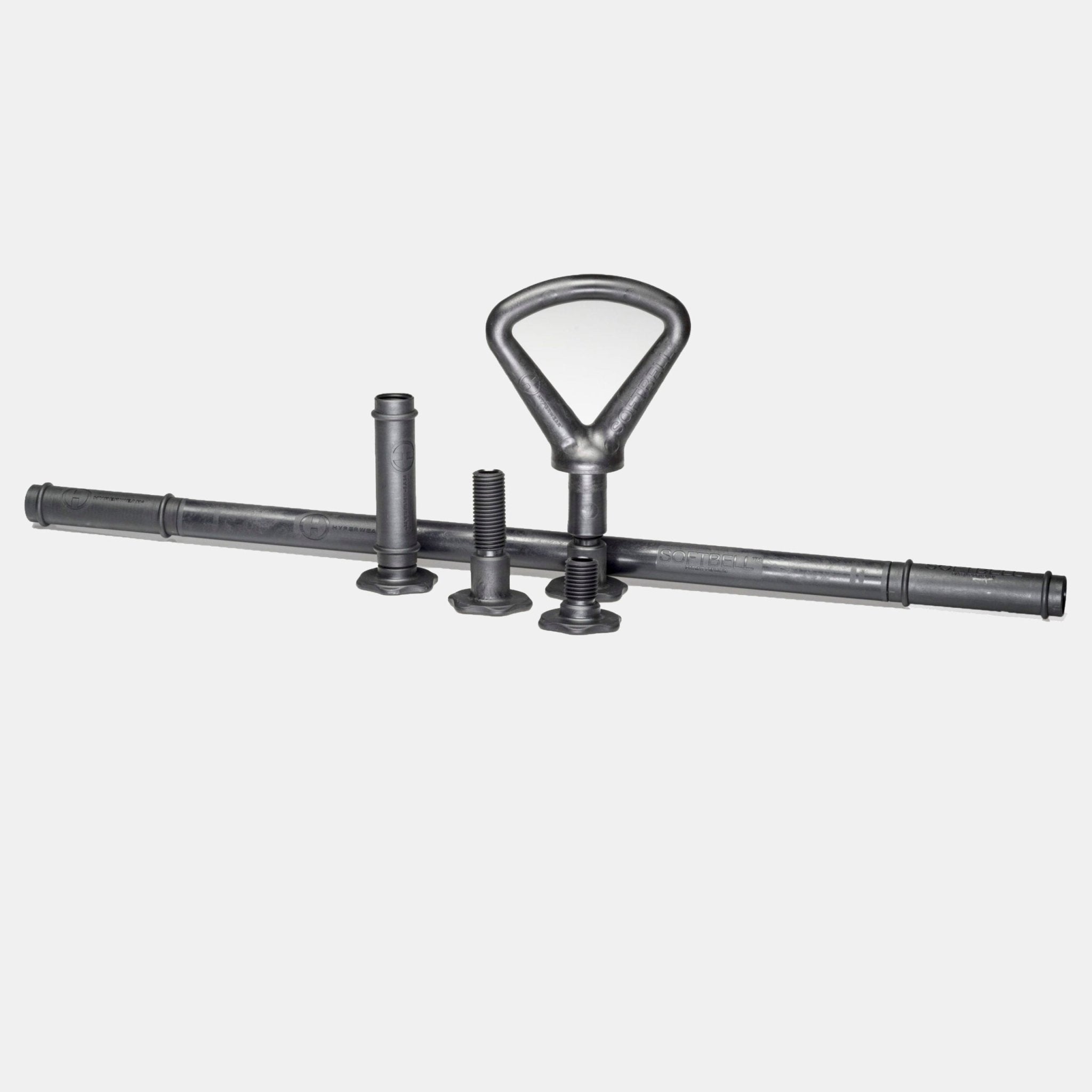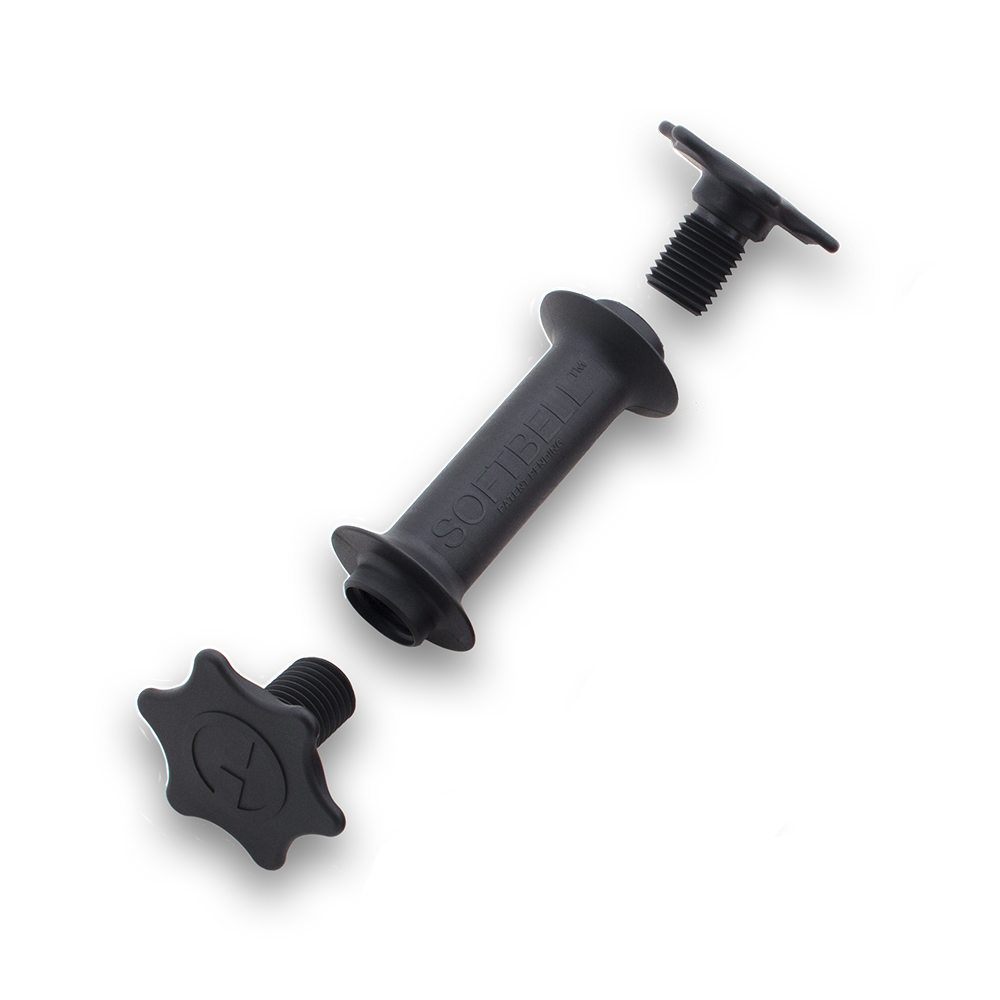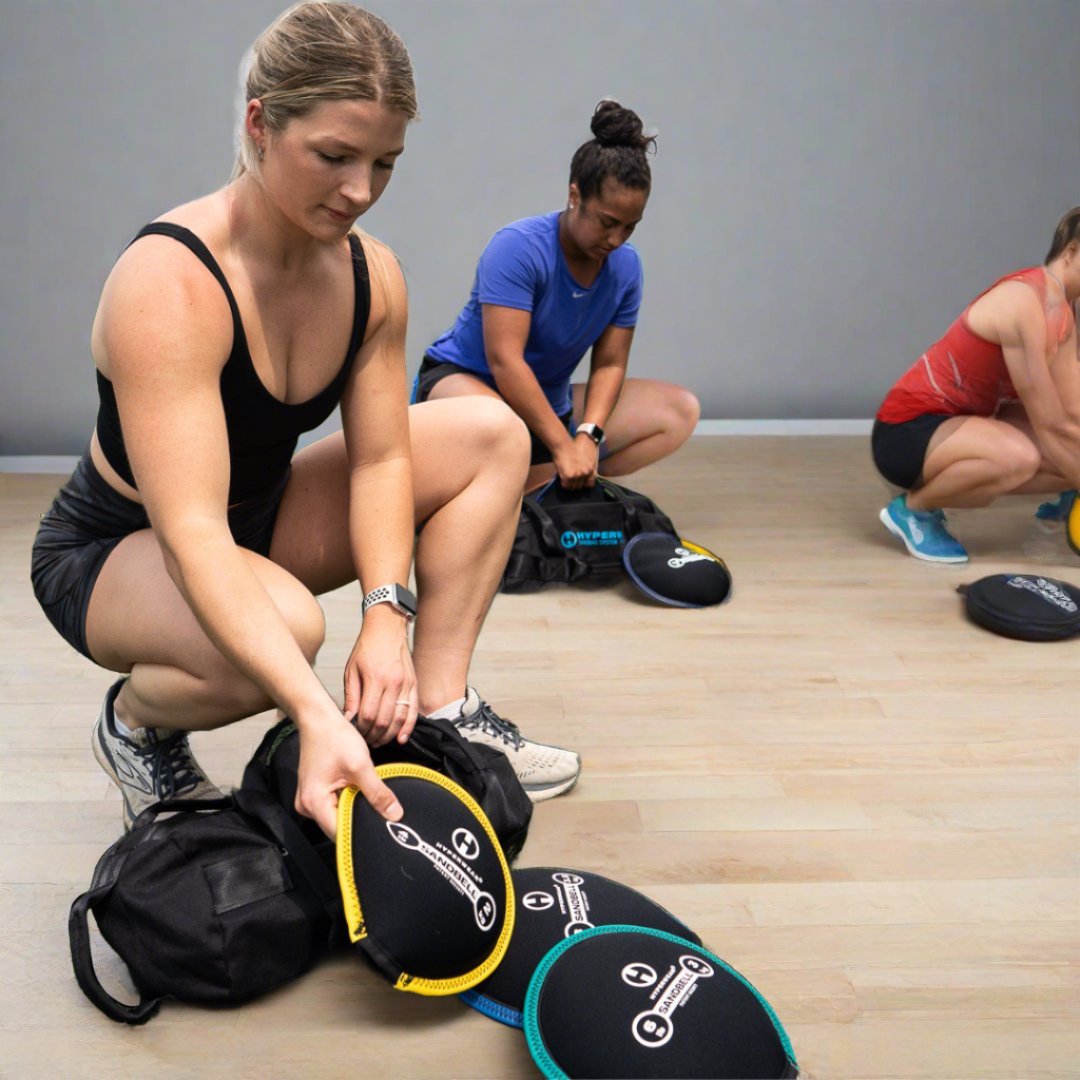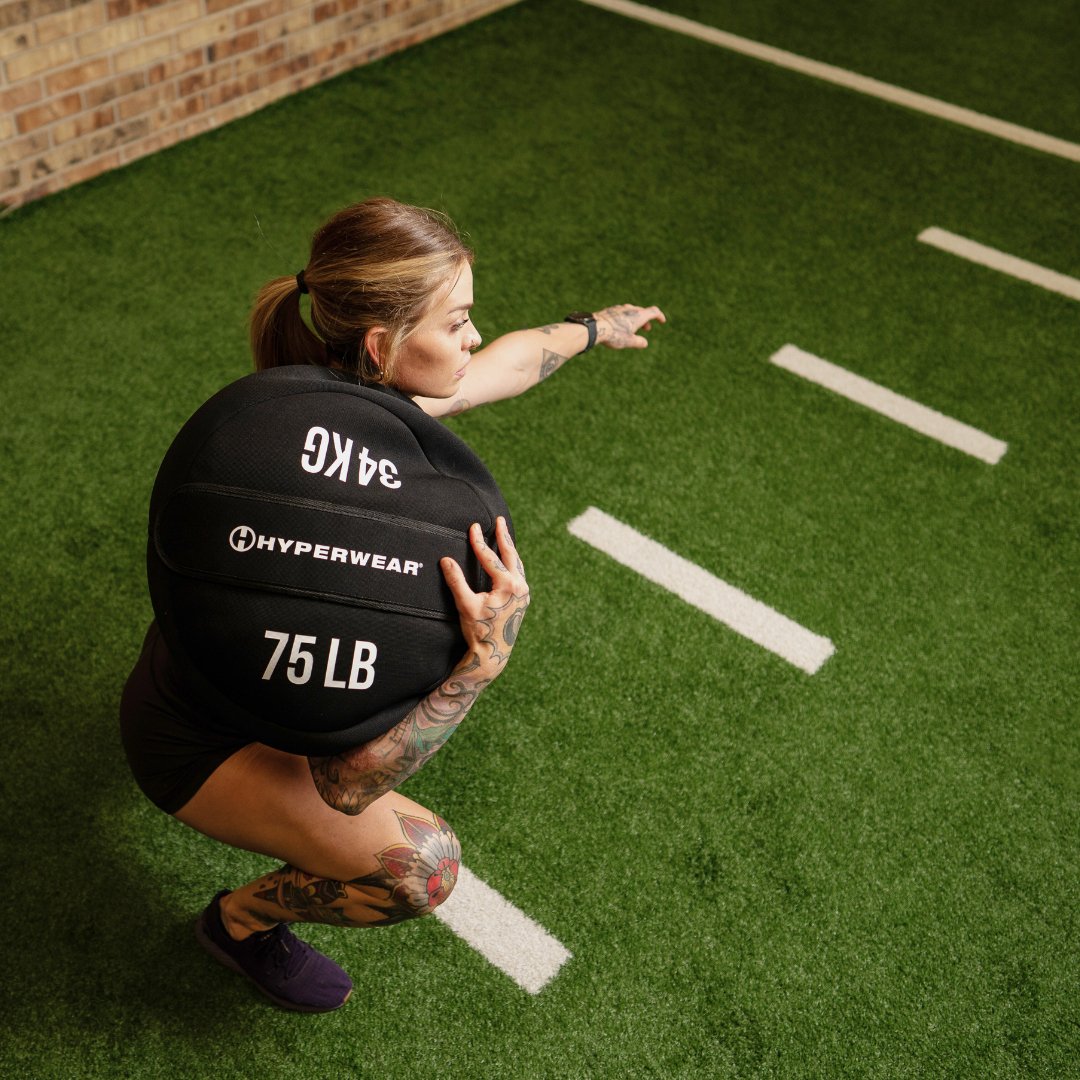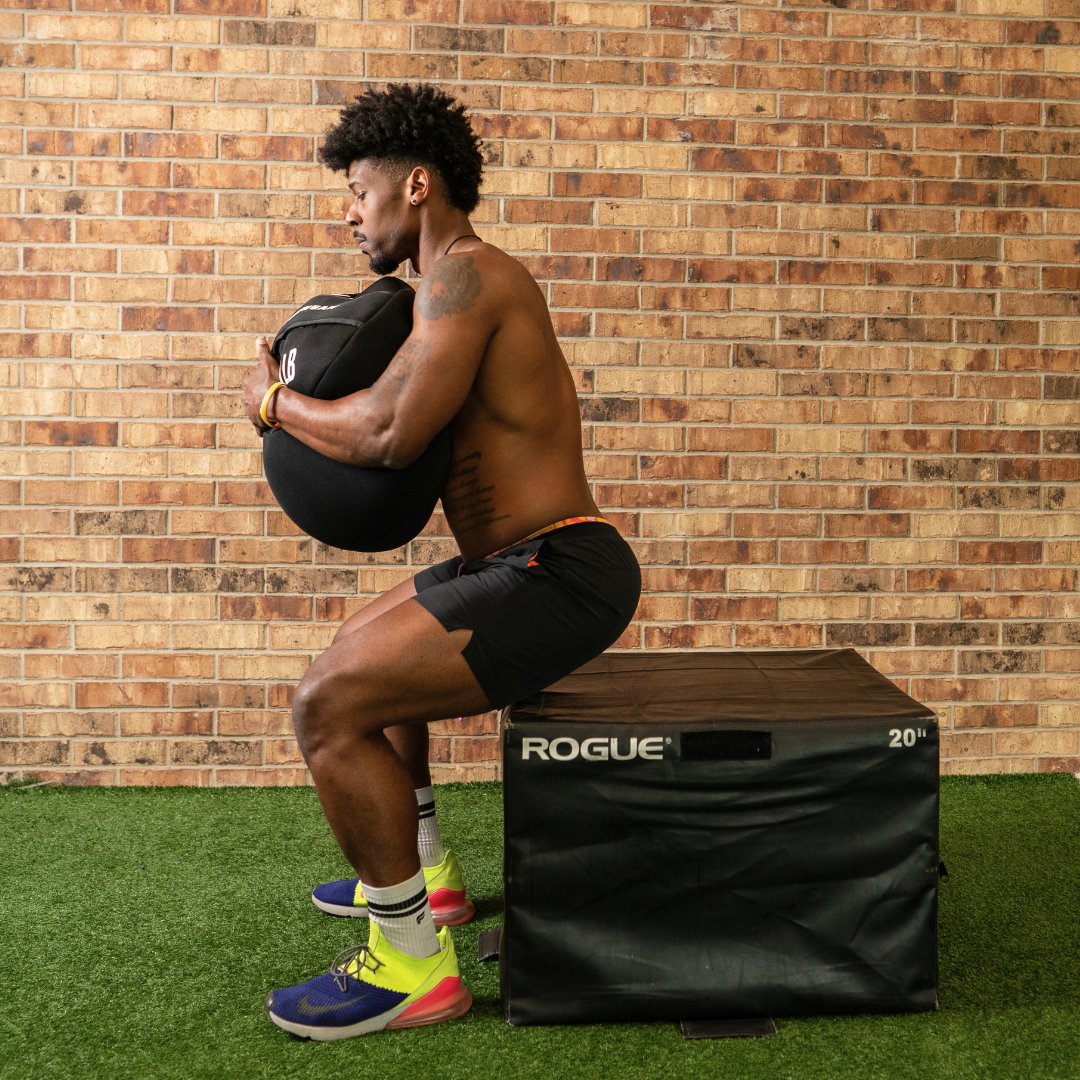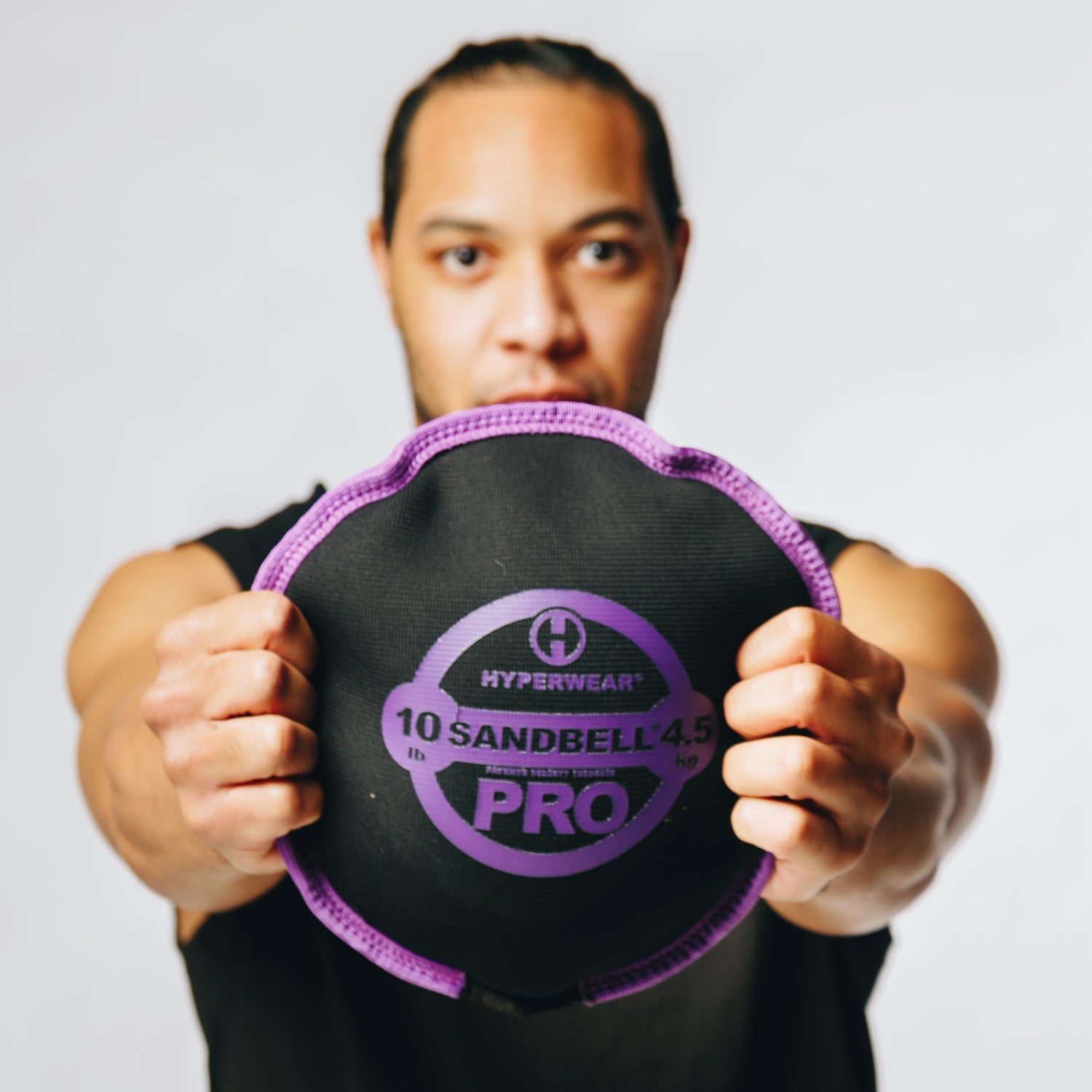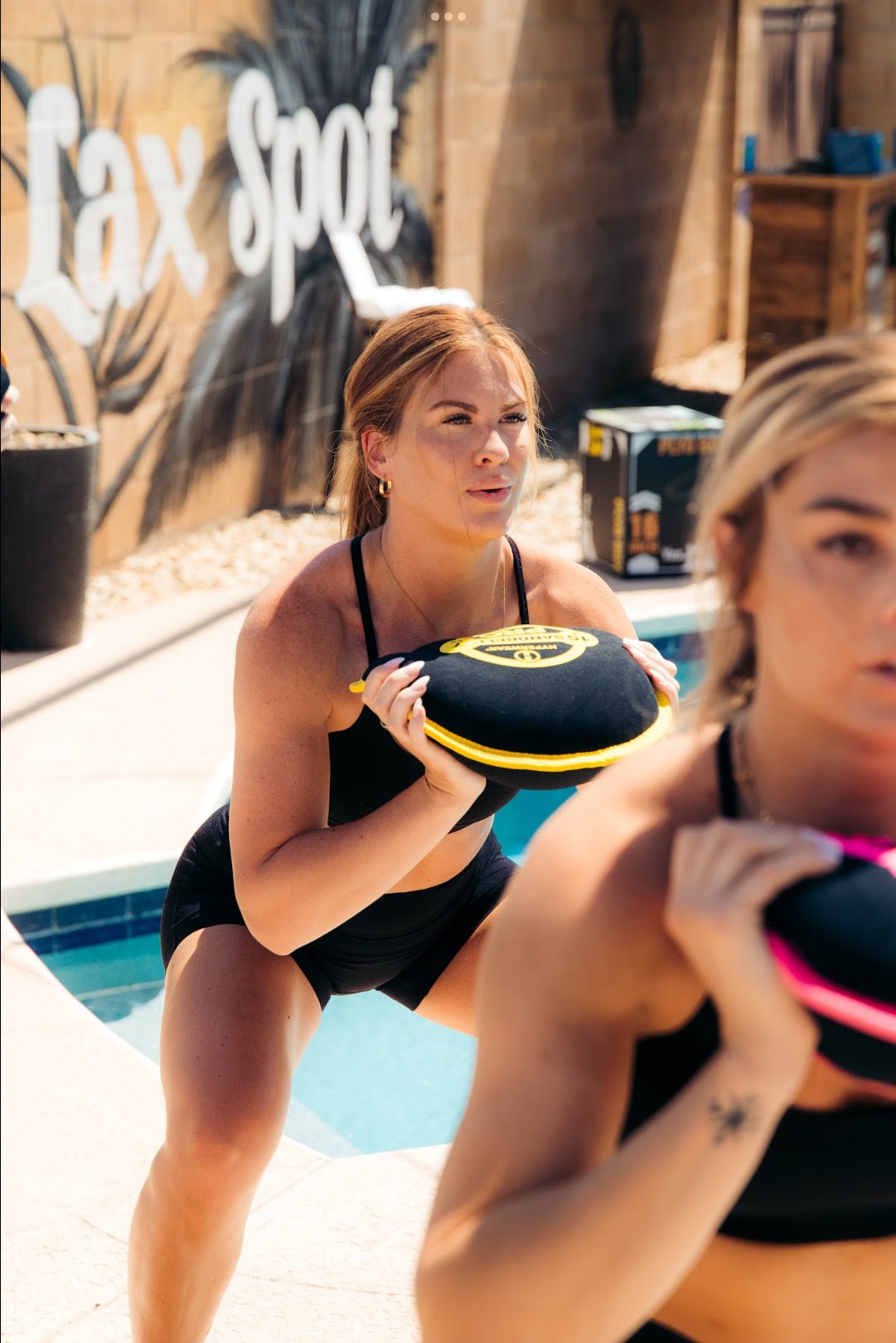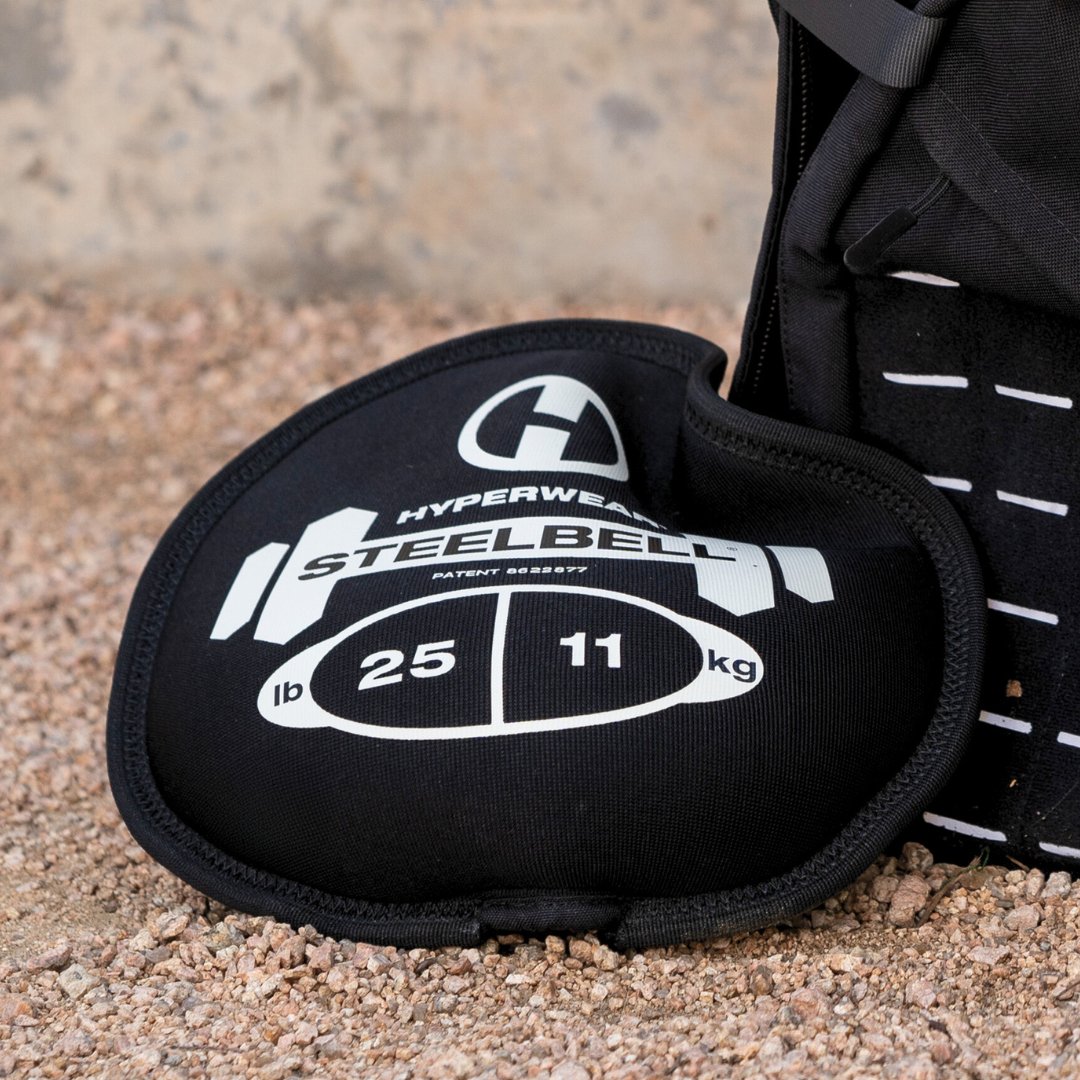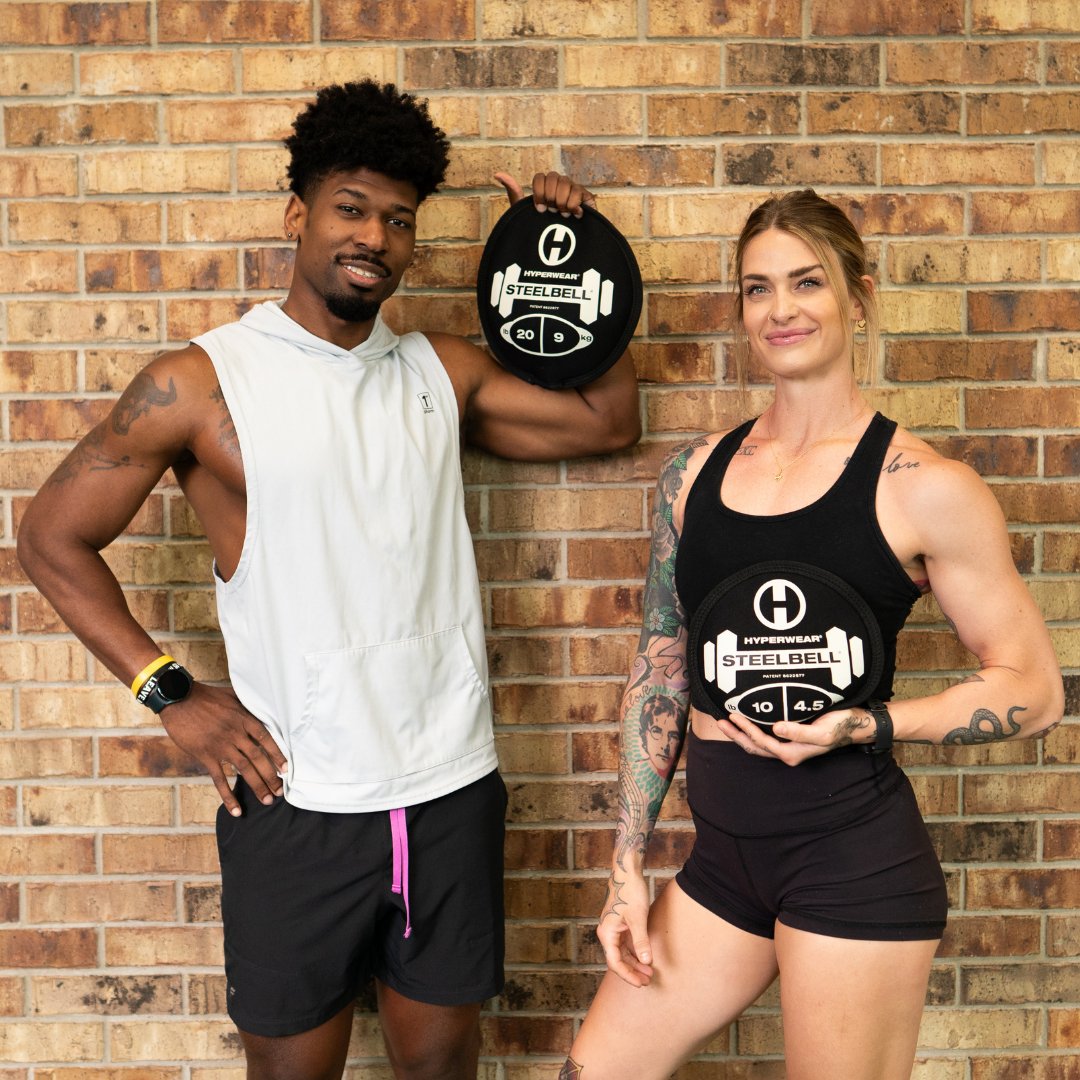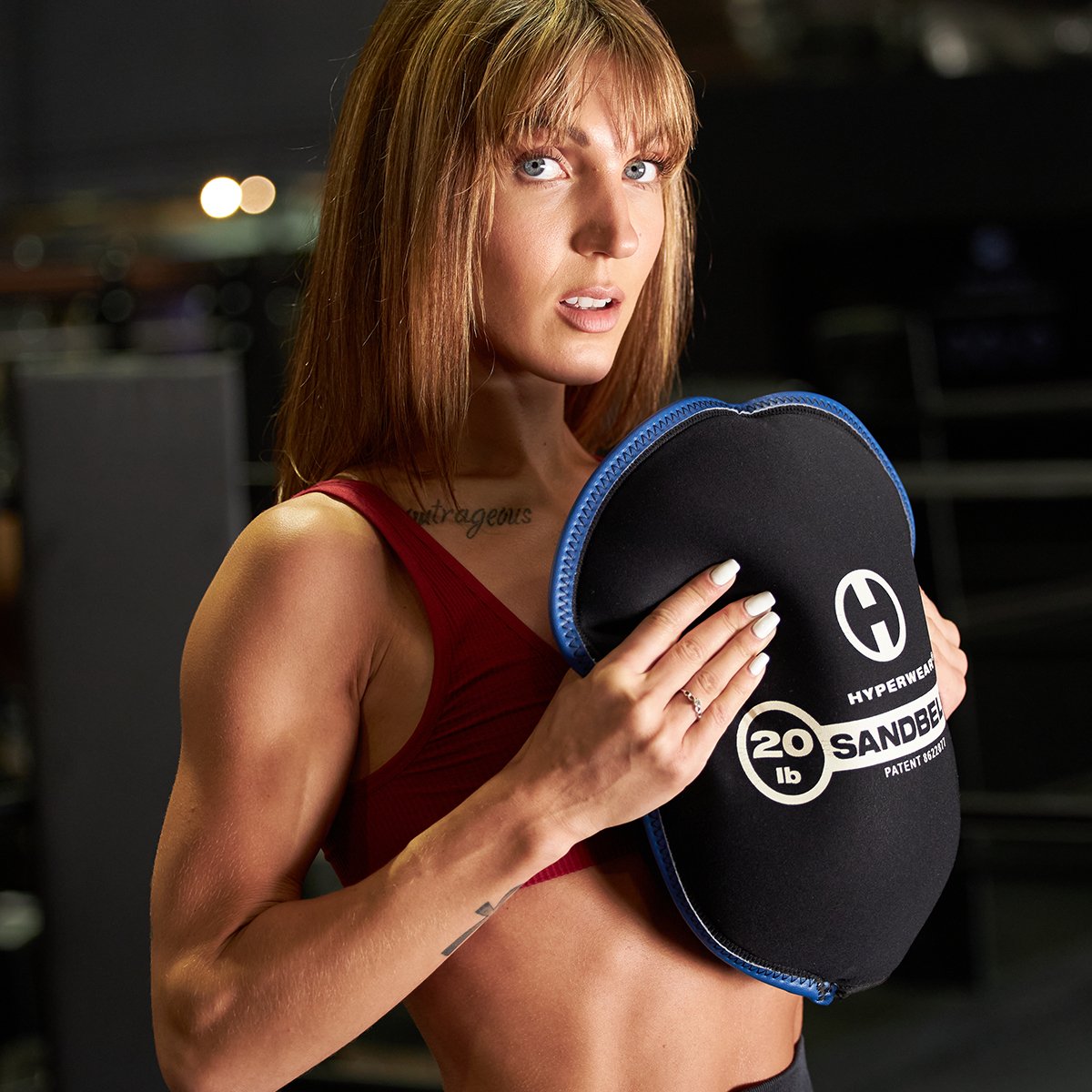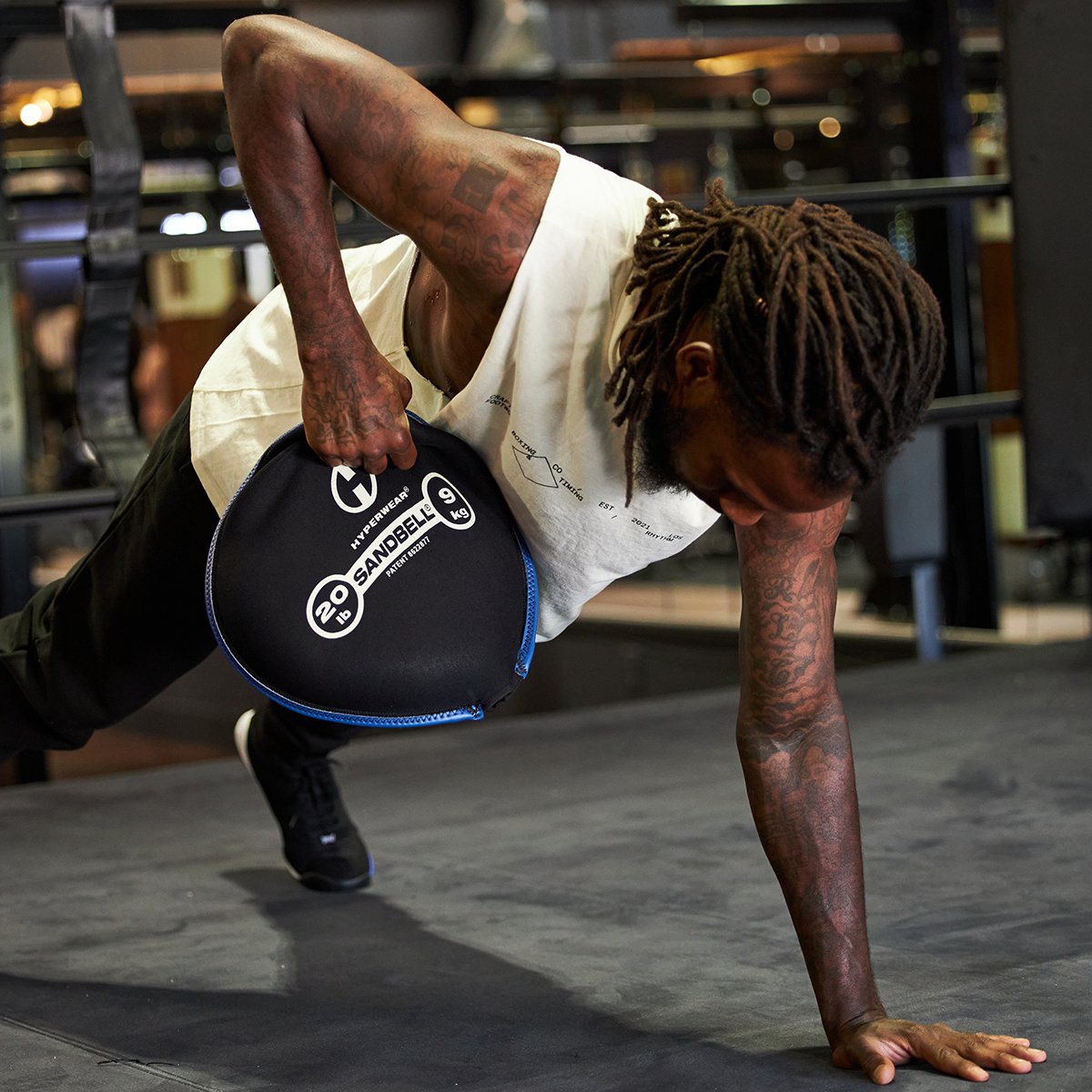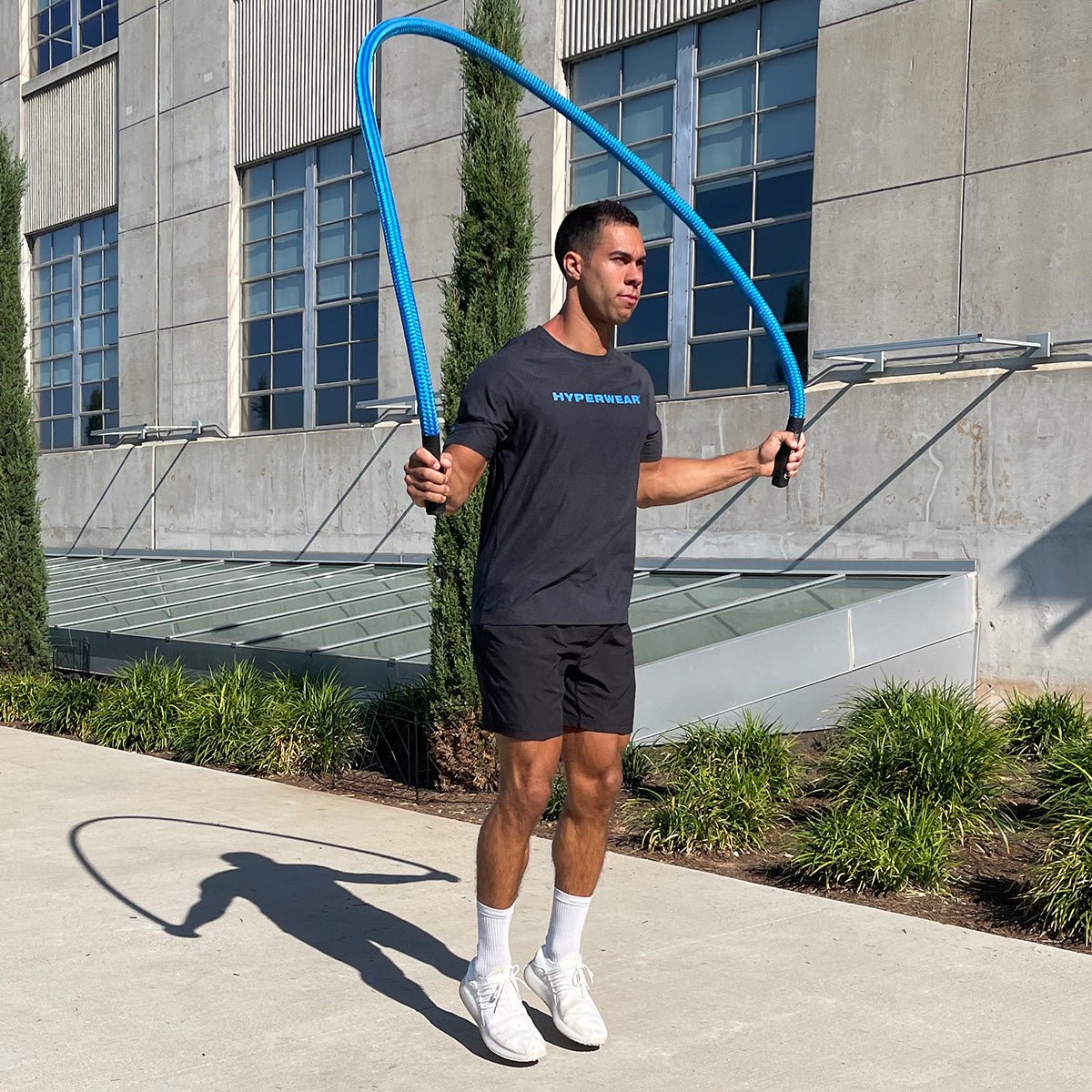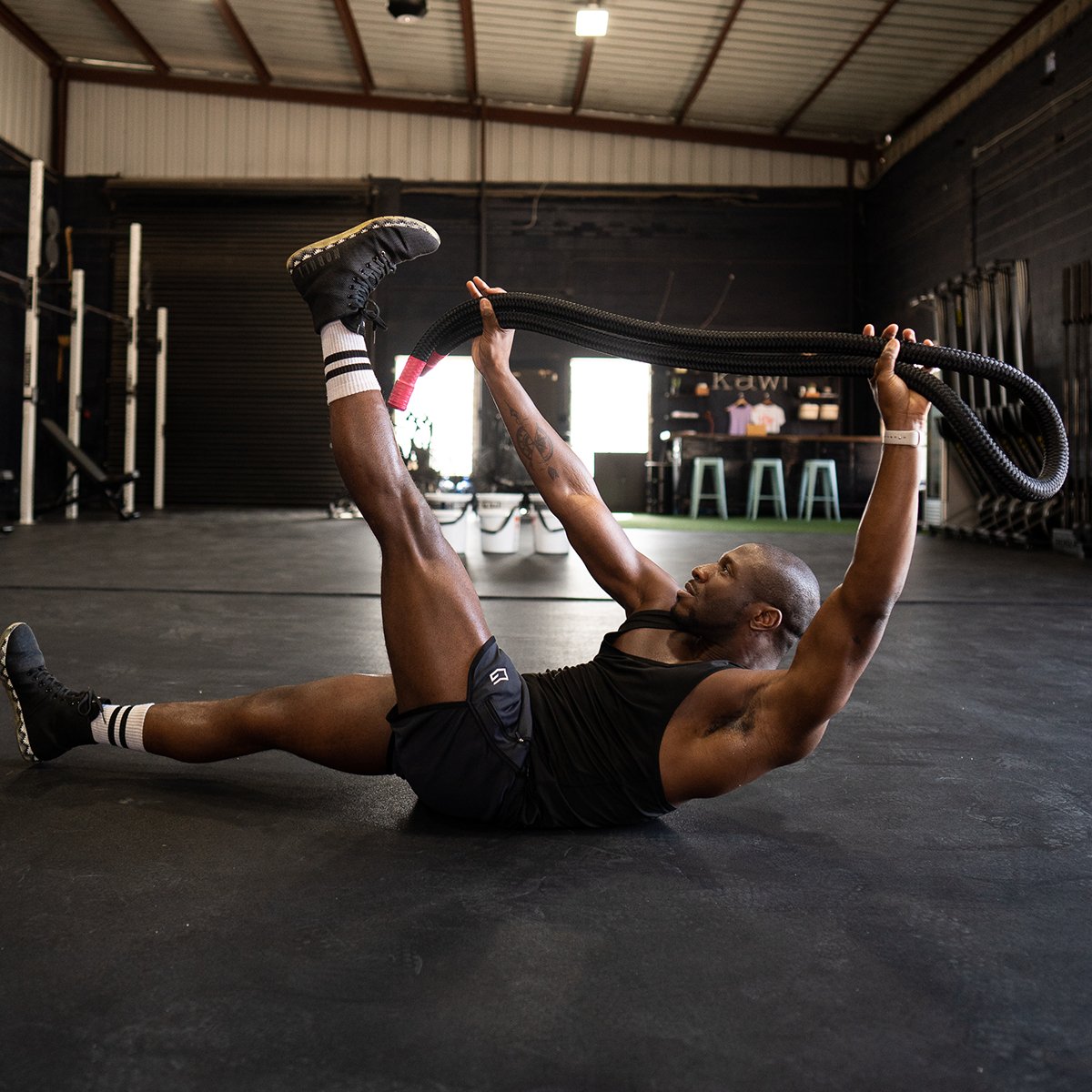Heat Safety for Student Athletes: Preparing an Athlete for Back To School
The summer heat can be a real struggle for athletes. No matter their best intentions, it is extremely hard to get outside during record breaking heat. Consequently, most athletes will report for their workouts unacclimated to the heat which can be dangerous.
There are several options to reduce the effect of heat, including hydration, ice baths, and fans. The Red Cross offers "Ten Important Ways to Keep Student Athletes Safe When the Heat is On." However none of these options can be used while actually doing the activity itself. This means that the best method for staying cool may be something few people have used before - a cooling vest for athletes.
Hydration:
No matter how you slice it, hydration is key to preventing heat exhaustion. Athletes should hydrate often. In fact, they should be smart and start hydrating as far out as a month in advance of their season.
Even more important is hydrationing during the workout. Old school coaches would argue that water breaks are for the weak. This logic is flawed and extremely dangerous. Instead, have every athlete weigh in before going out to practice. This gives you a pre-hydration level. Then take water breaks every 20 minutes or so, with water also being readily available on the sideline. Sports drinks are good here as well because athletes will sweat out a lot of salt. Drink ice water for internal cooling and combine with an ice vest if possible.
Once the workout session is over, weigh each athlete again. Every pound lost during this session will need to be replaced with fluids. The general rule of thumb is 16-20 ounces of water per pound lost.
Ice Baths:
Ice baths are one of the most efficient ways of cooling players core temperatures down. Jumping in water around 50 degrees fahrenheit is great for athletes suffering from heat related illness. This is because the body completely submerges in the cold water. However, this can be impractical for large teams for several reasons, including *storage* options and the amount of ice required.
Heat Safety for Student Athletes and the Environment:
Changing the environment is key for reducing the chances of heat related illness. For example, on hot days turf temperatures have been measured at over 160 fahrenheit. Clearly getting players off the turf will help. However, not every team has that option. Many teams only have this to practice on, so instead try to change either the schedule of your practice or produce as much shade as possible. When getting water breaks, make sure players are in a covered section which alleviates some of the heat.
Another great form of changing the environment is working out in the morning. This will be a cooler time of the day, making it safer for players.
Cooling Vests for Athletes:
Cooling vests have been used in both sports and labor intensive jobs for years. In fact, during Covid many nurses started using cooling vests to combat their own heat issues related to how much extra gear they needed. Meanwhile high level sports teams, including several in the German soccer league. use it to stay cool during matches.
PRE-COOLING V. RECOVERY COOLING
These vests work to prevent heat exhaustion by providing direct contact with the skin. You will immediately feel a difference, as some options go as low as 44 degrees fahrenheit. To achieve this before, you would need something like an ice pack. However, an ice pack is too cold for pre-cooling or cooling during an event. Instead, by using a cooling vest you can keep your heart rate lower throughout your training sessions. This is key for anyone trying to acclimate to the summer heat.
Conclusion: Focus on Heat Safety for Student Athletes
The summer heat is no joke for athletes. Heat Every year teams suffer from heat related illness. Taking steps such as hydrating, ice baths on hand and changing the environment can obviously help but it still leaves a gap. The only way to stay cooled while out in the environment itself is to use a cooling vest. Hyperwear offers the CoolOver with patented INUTEQ ice vest technology. Get one today!
